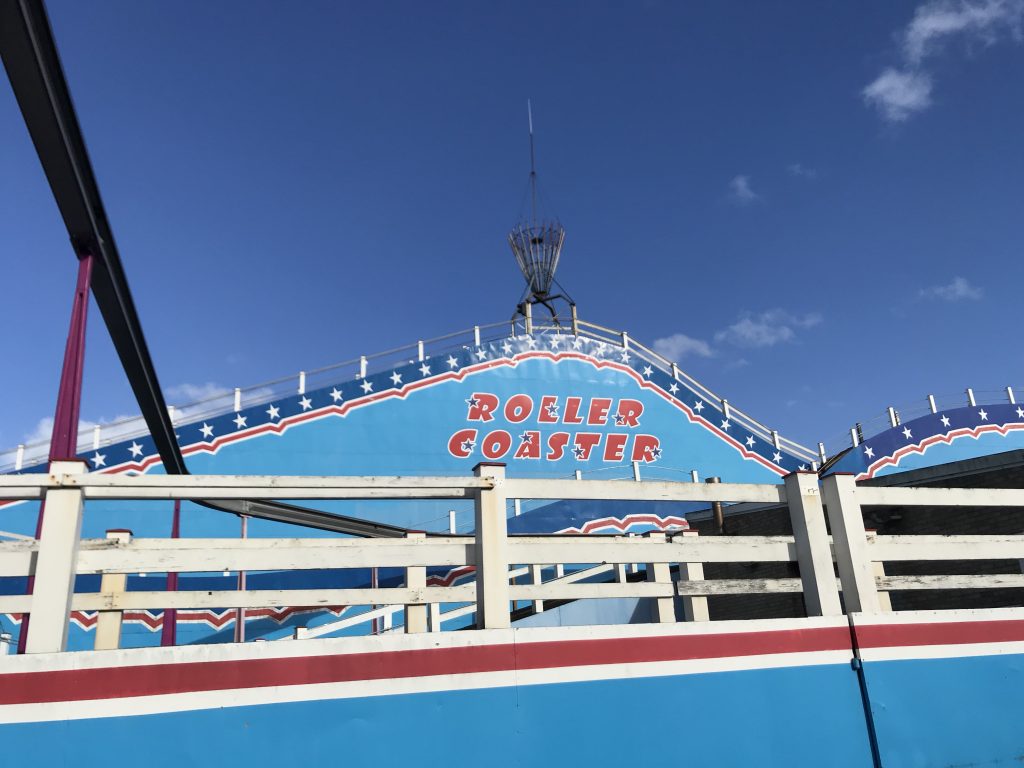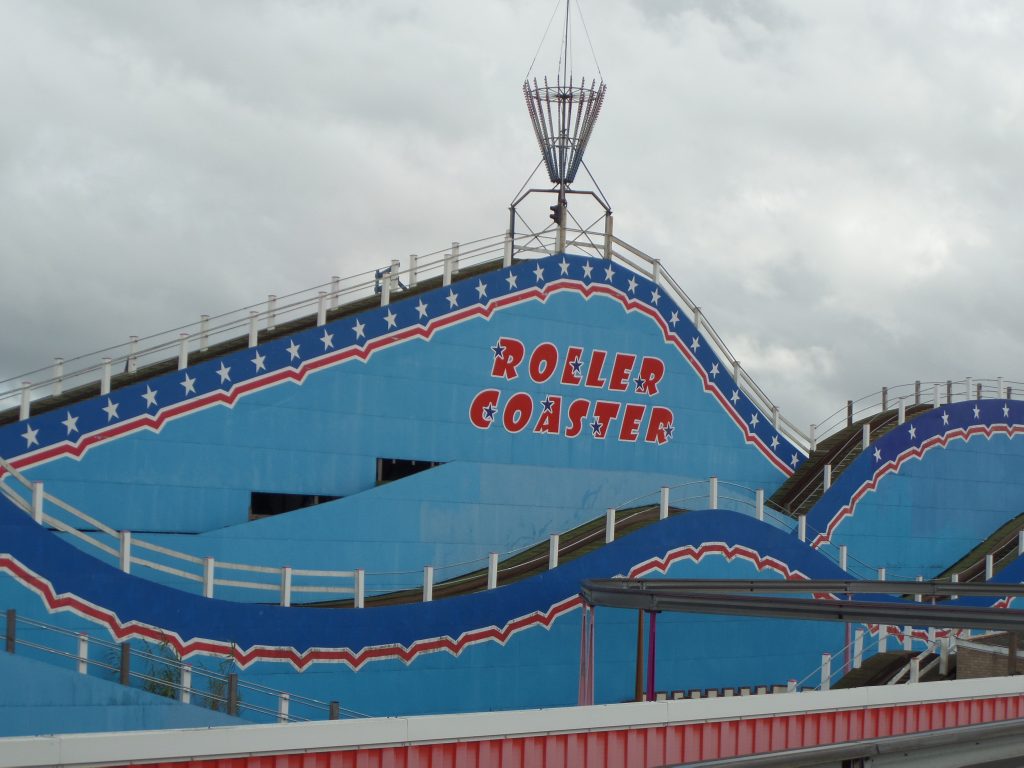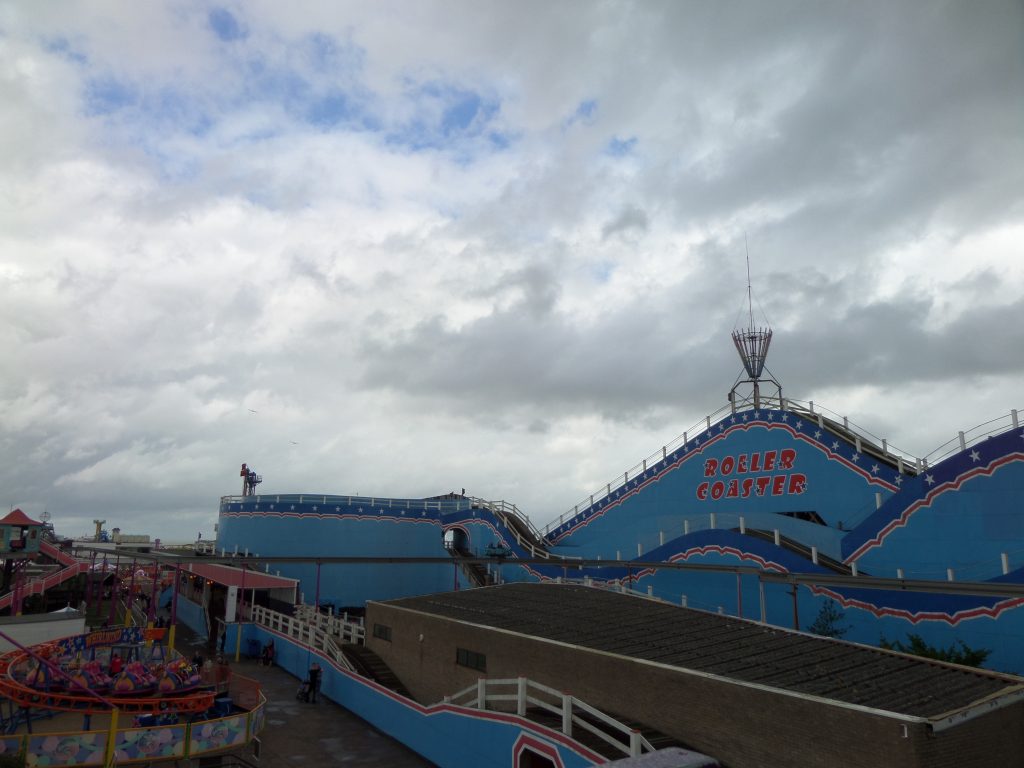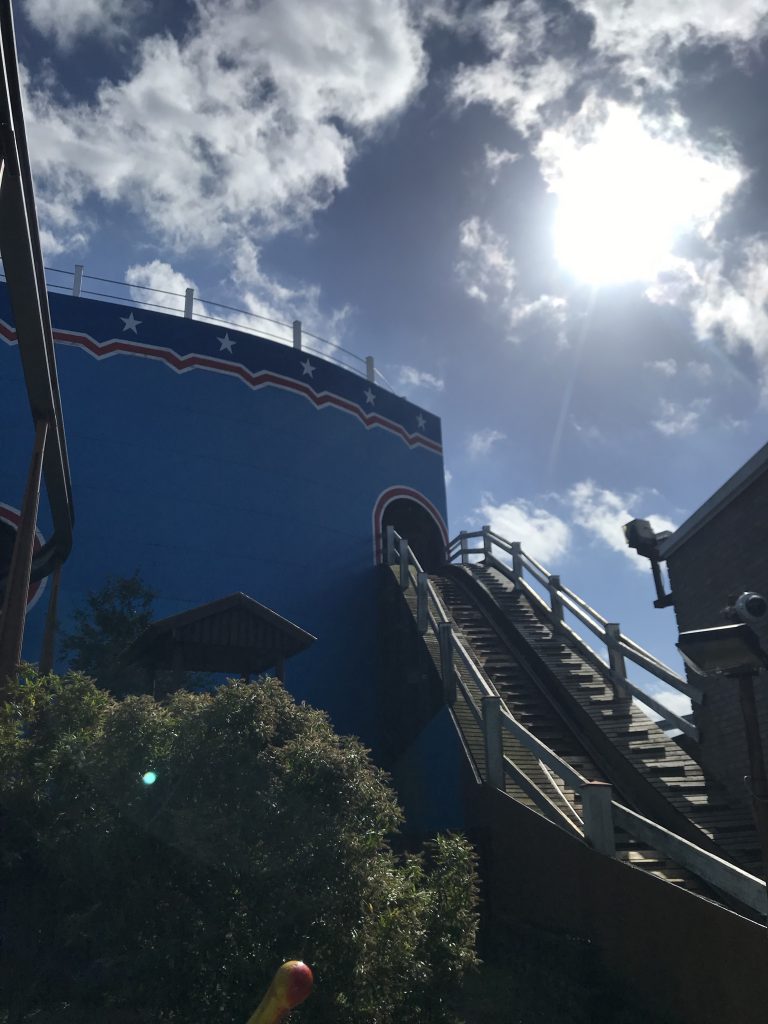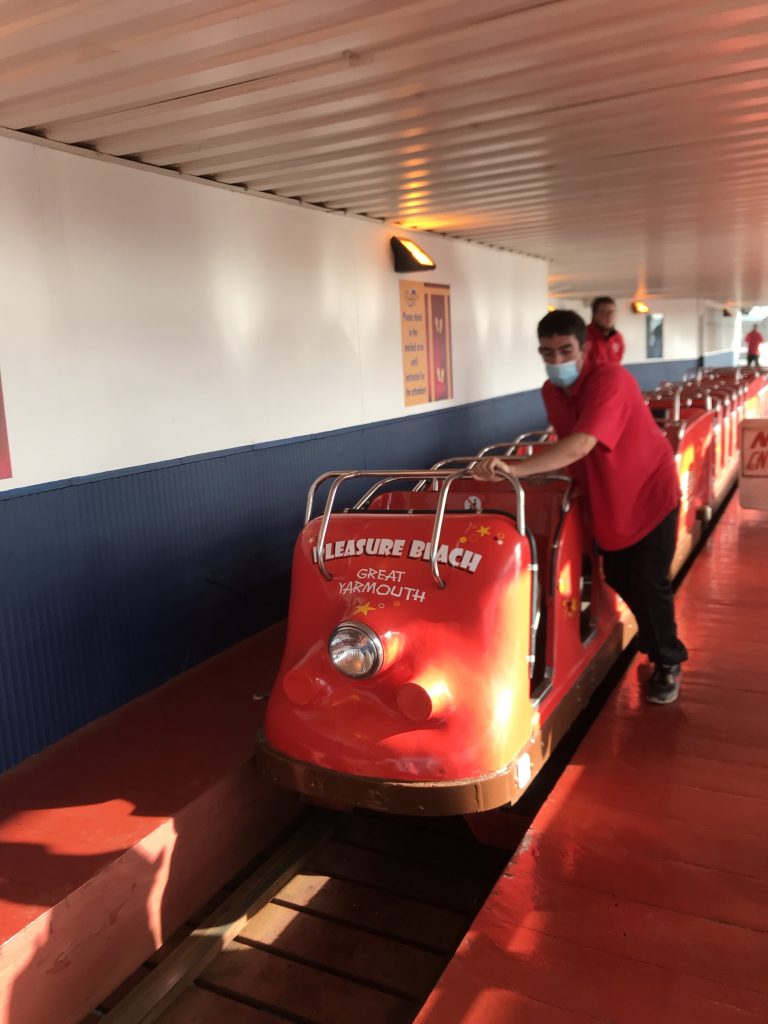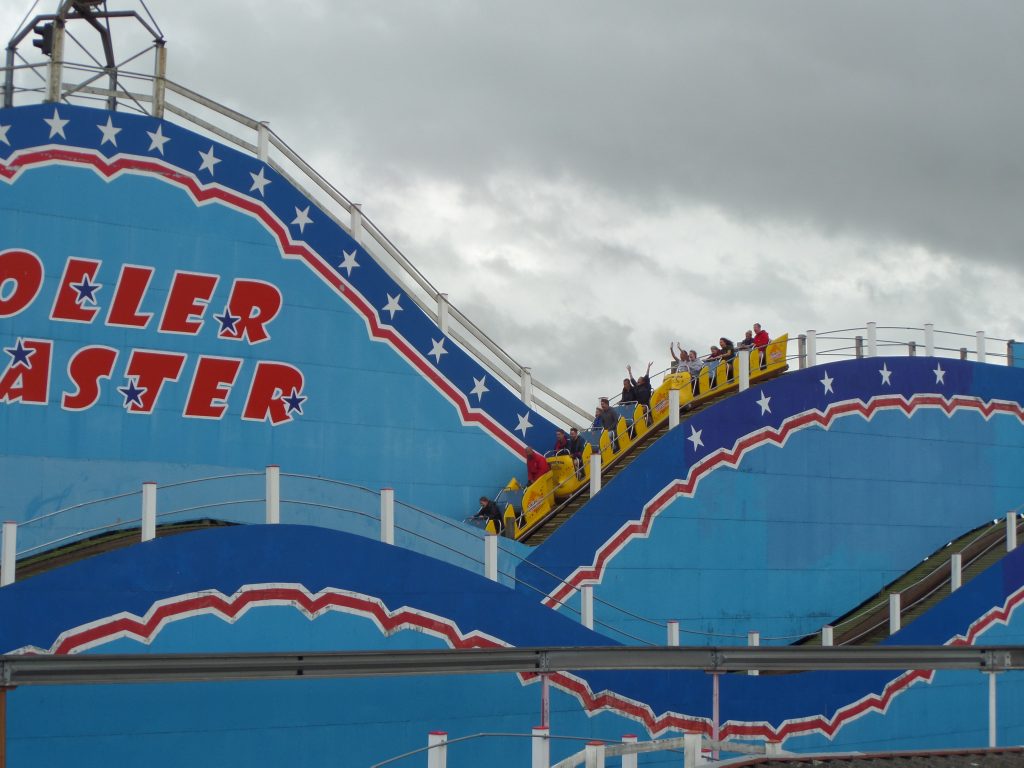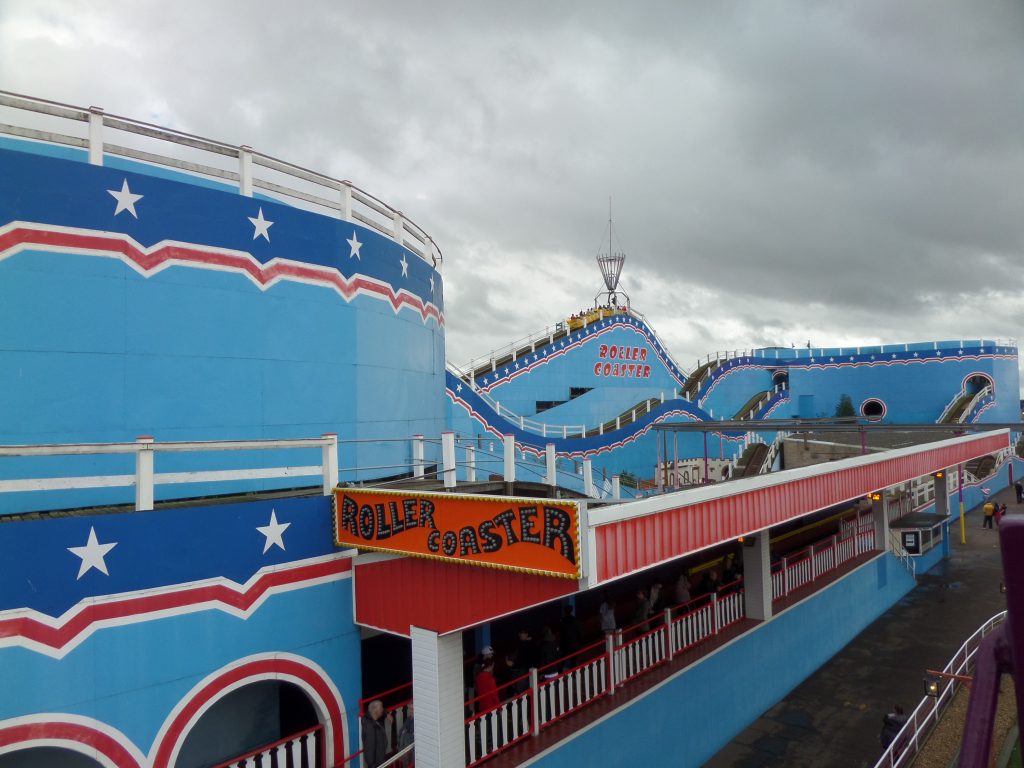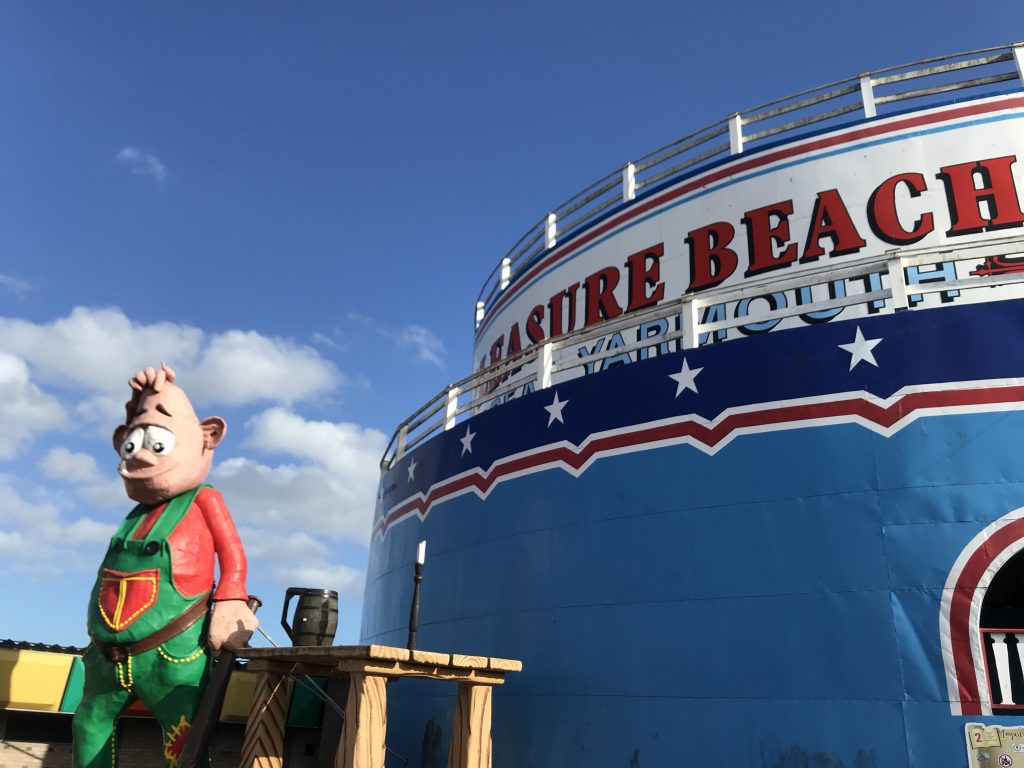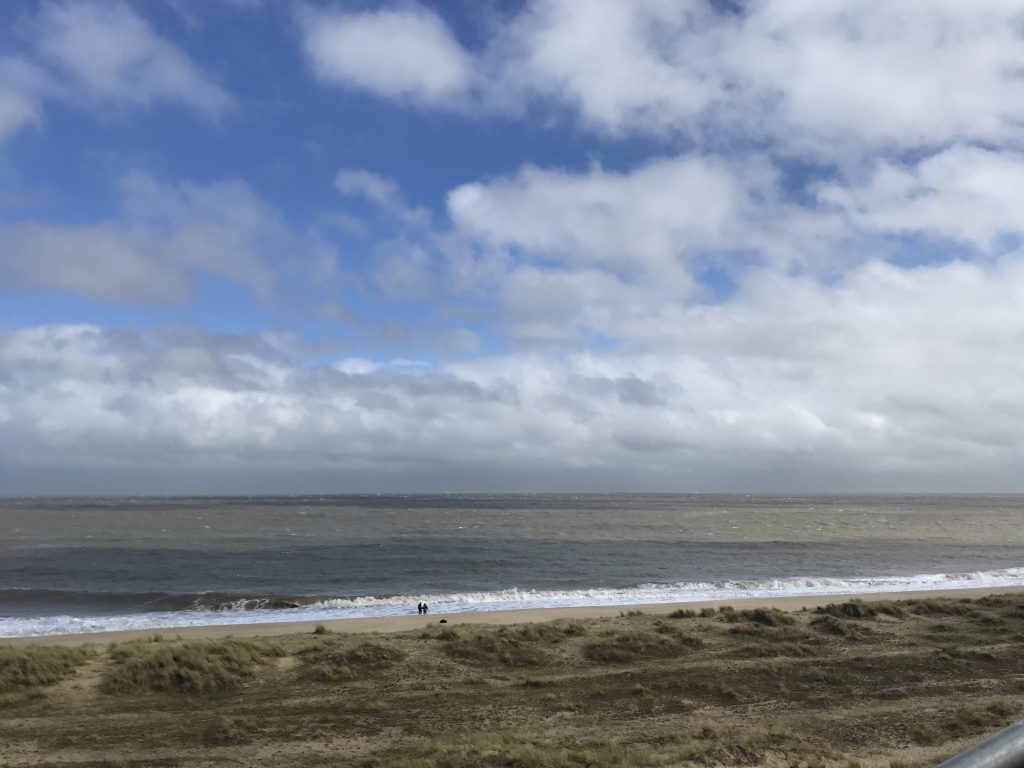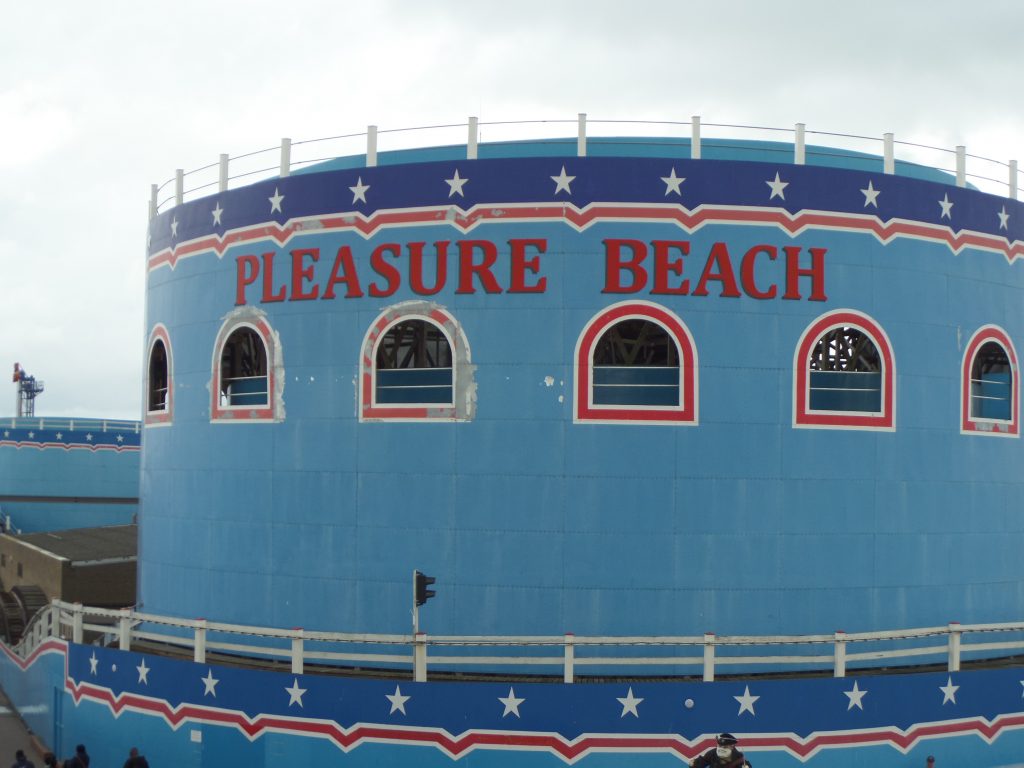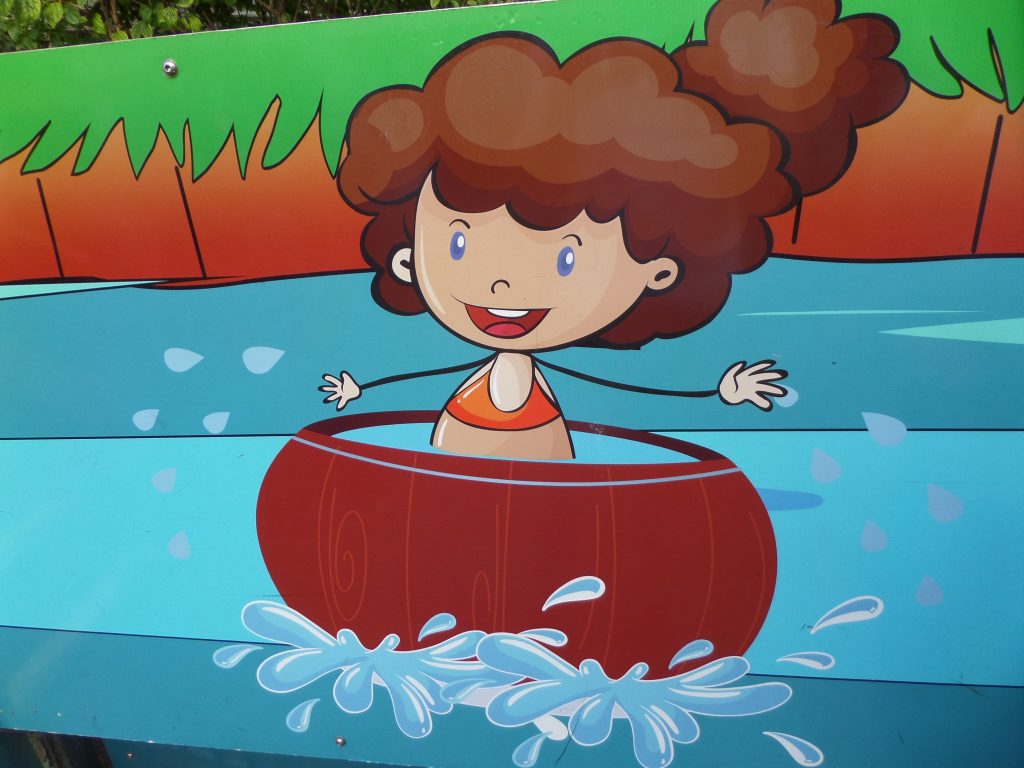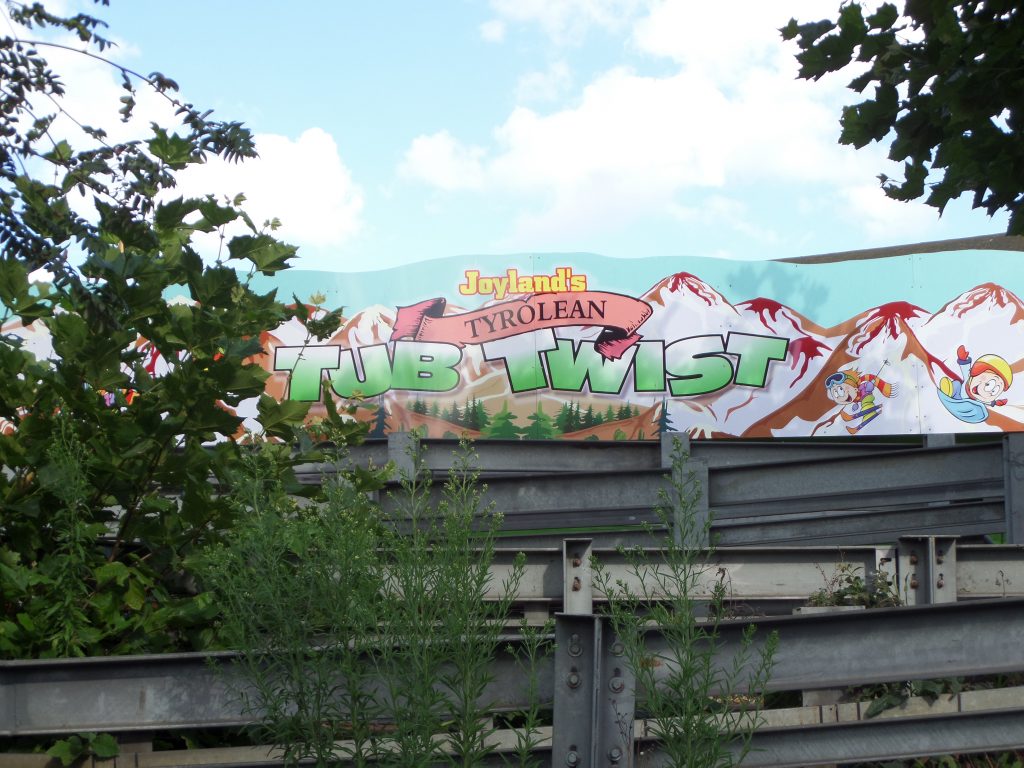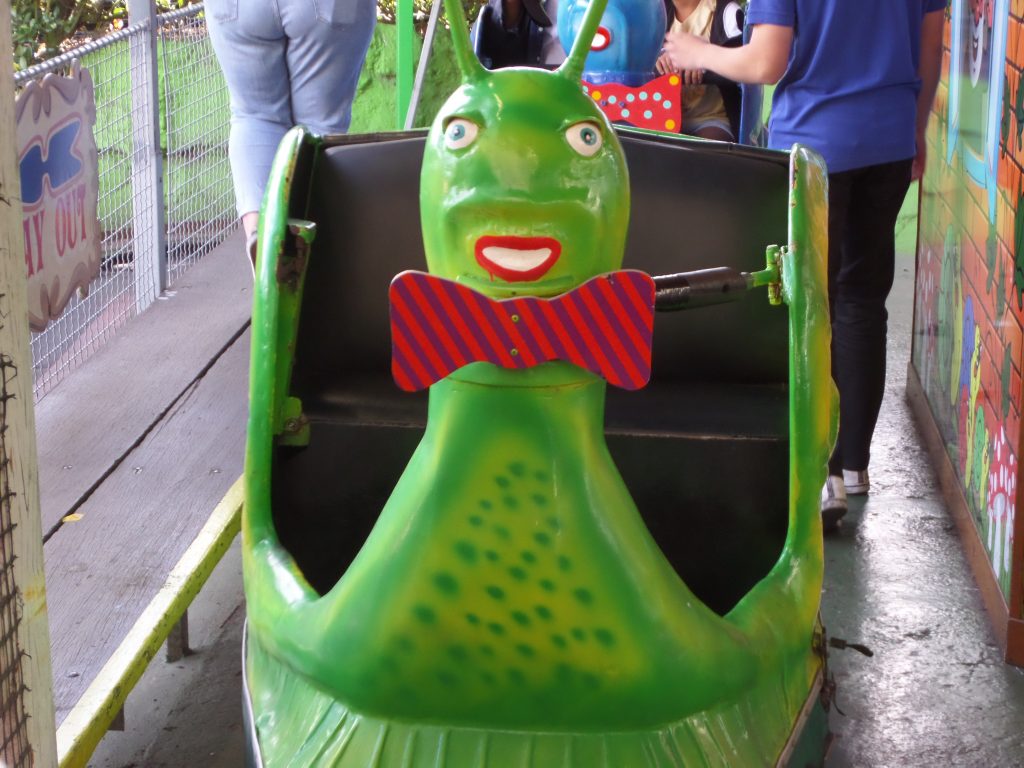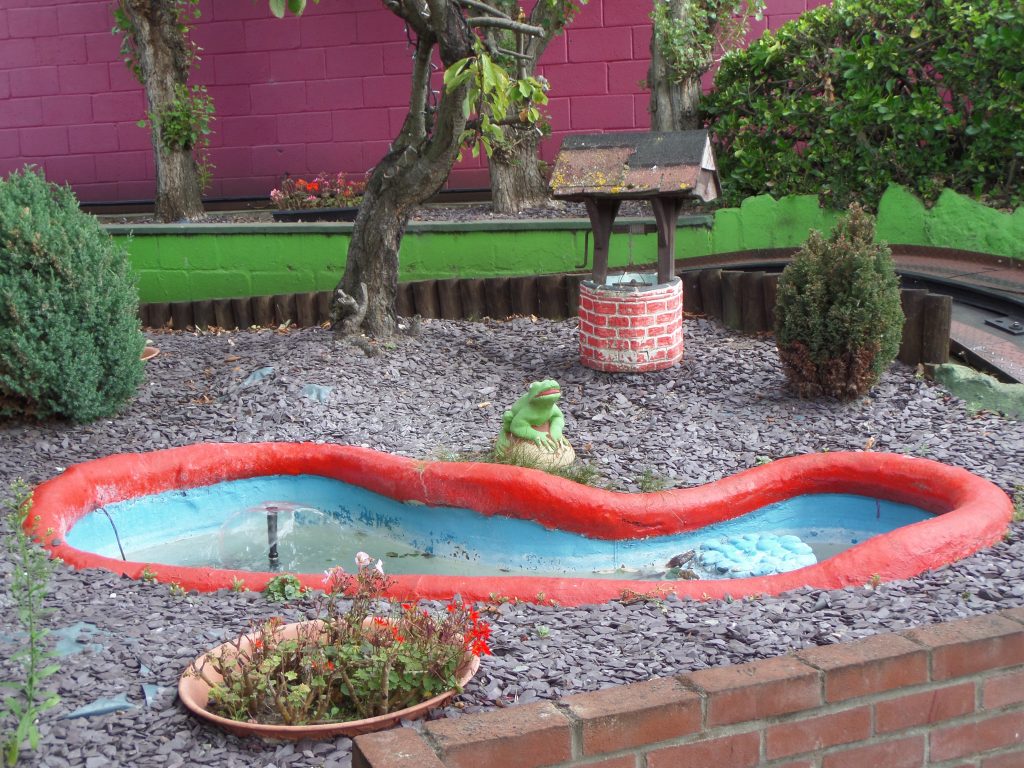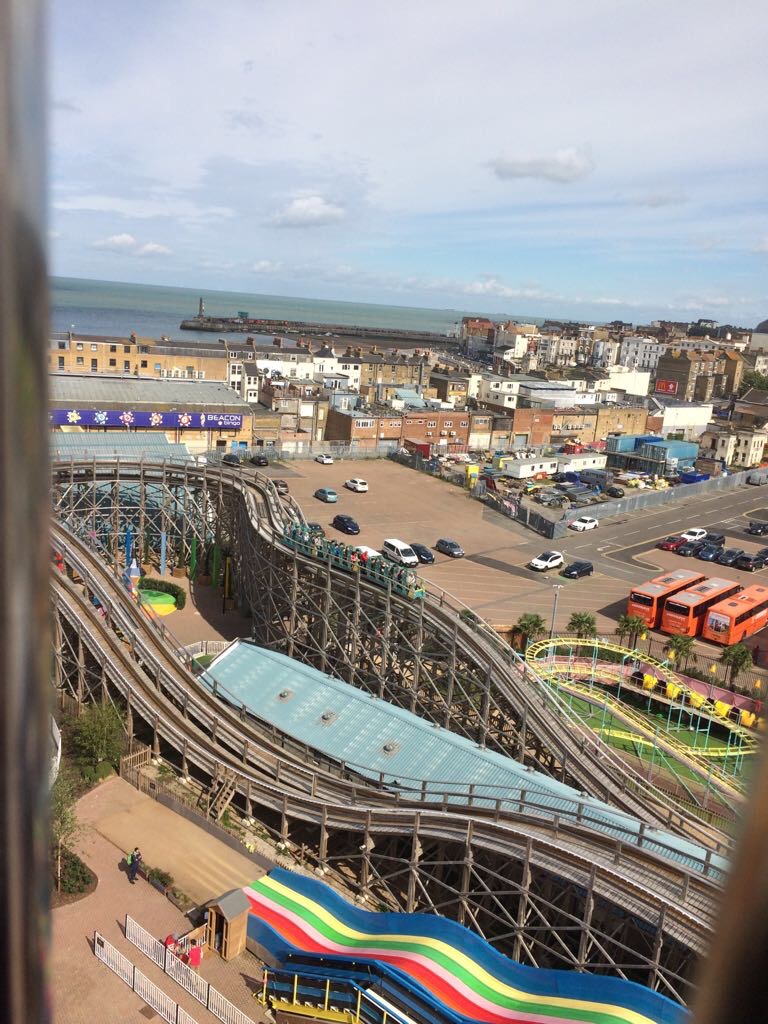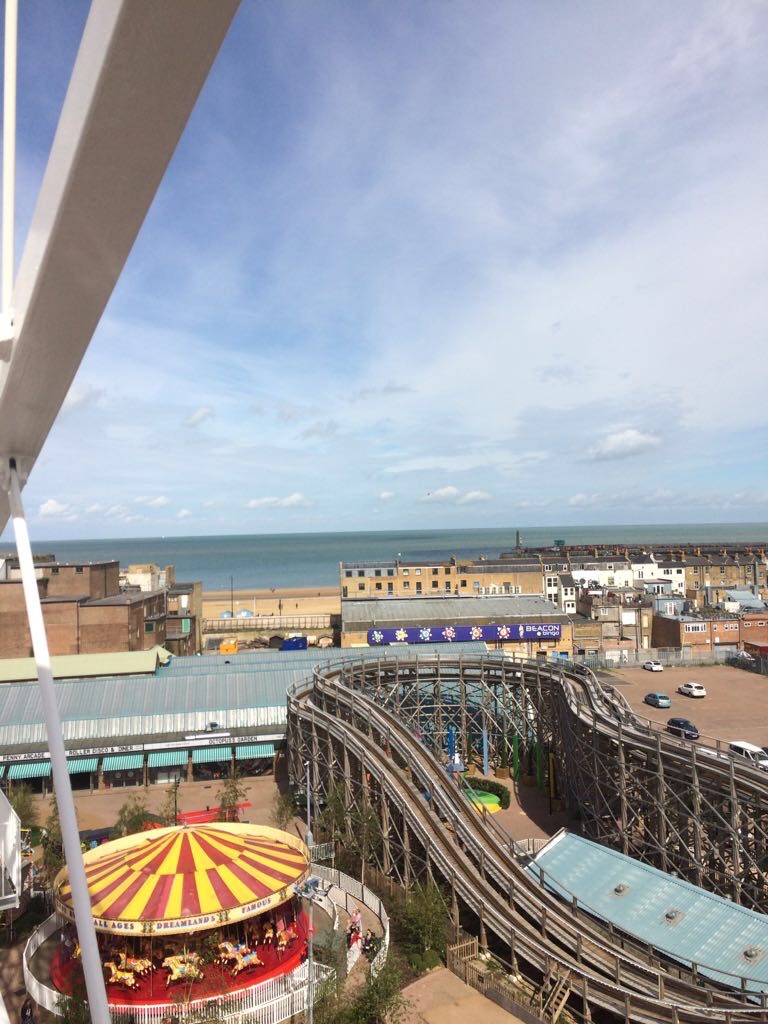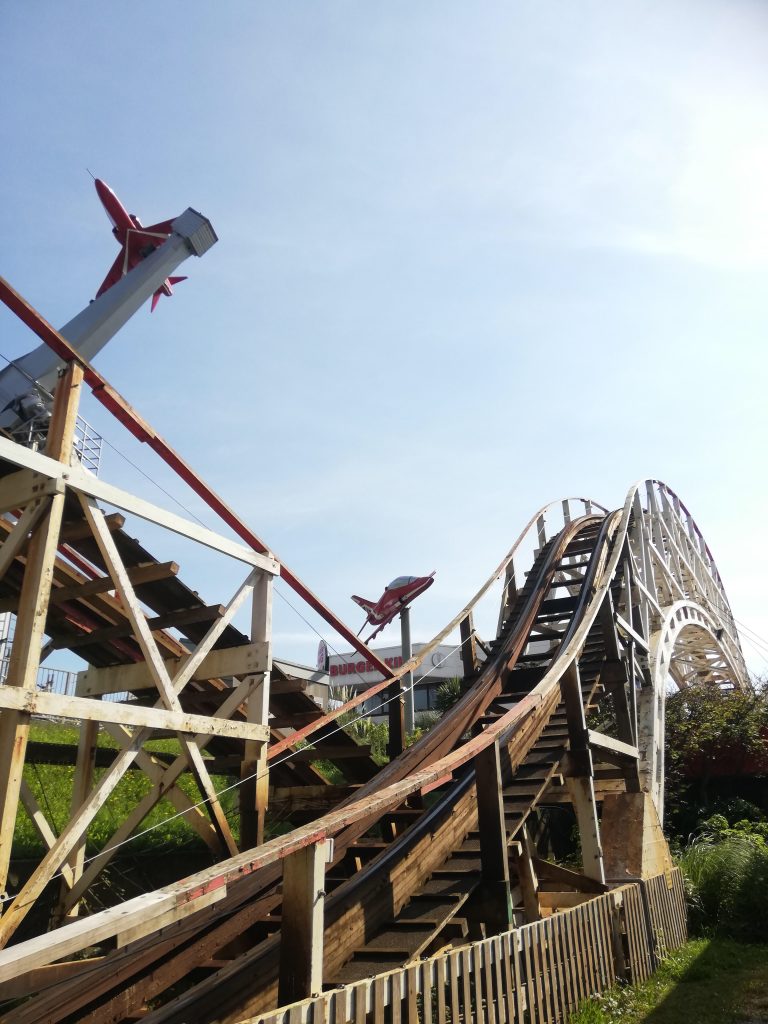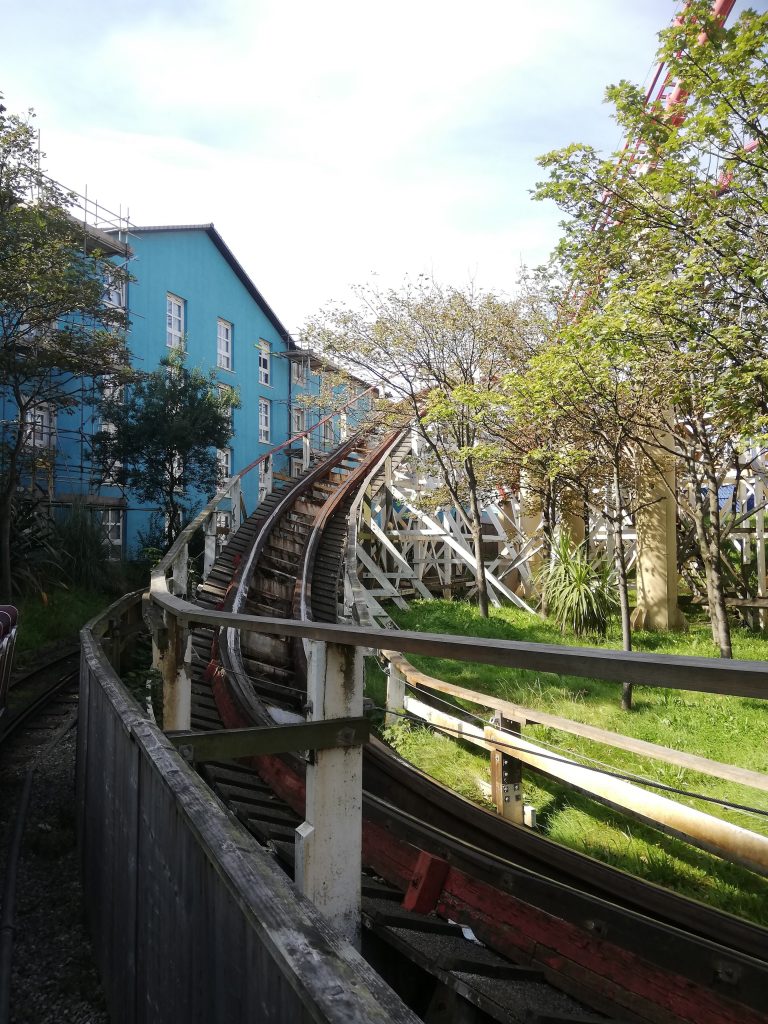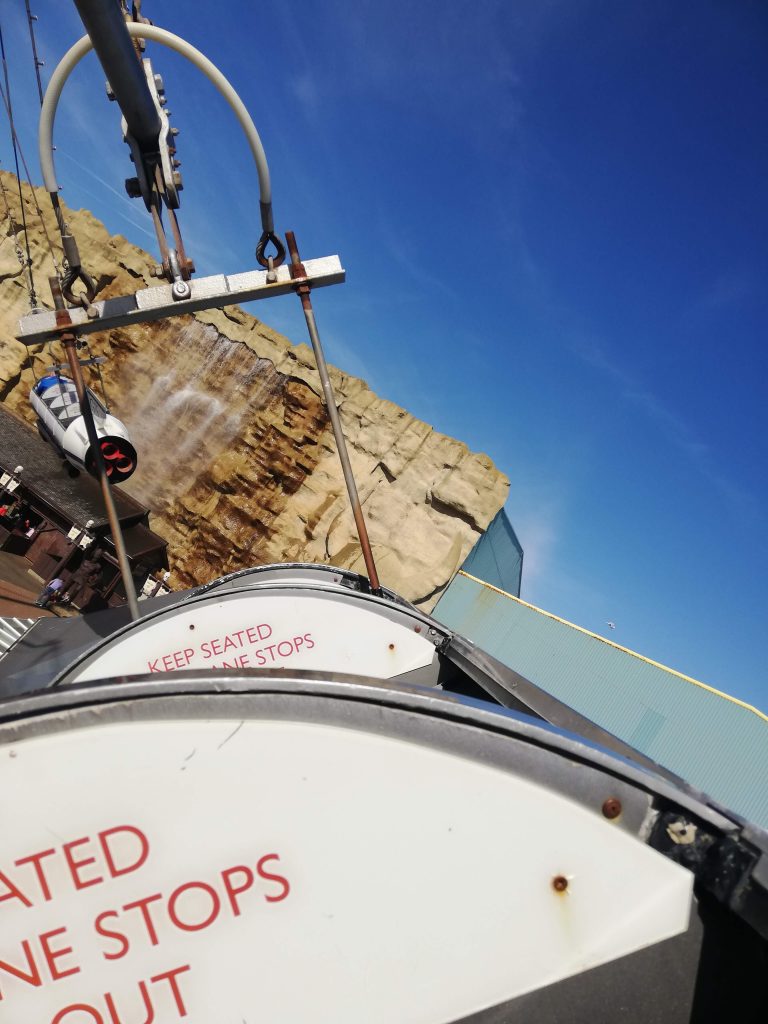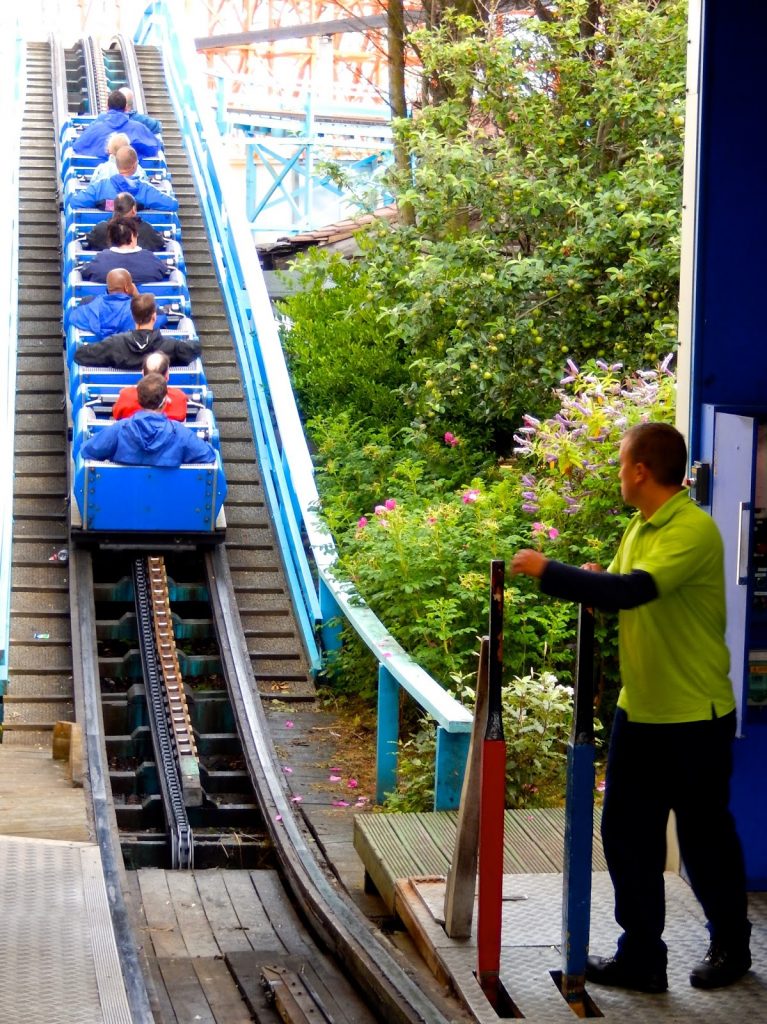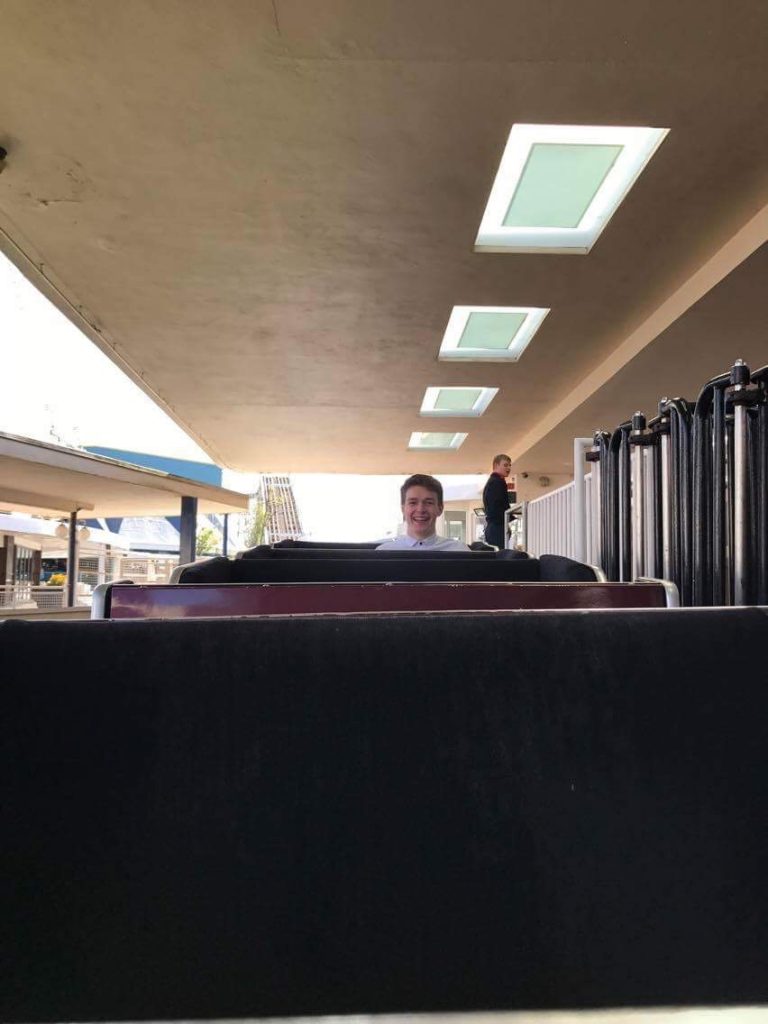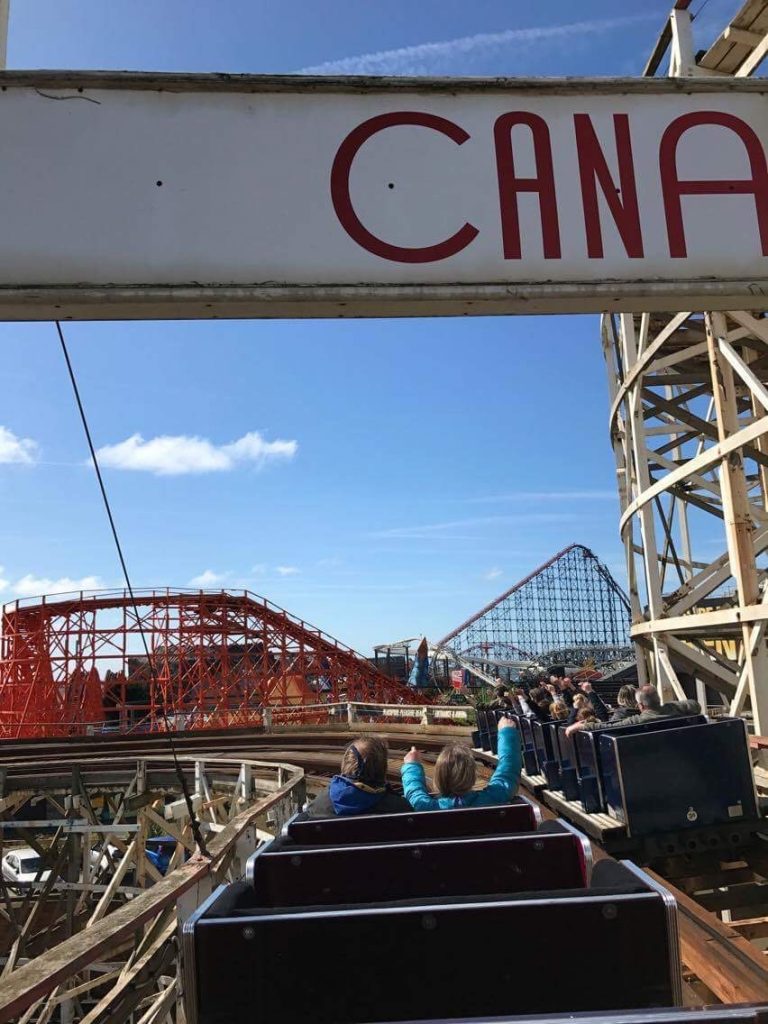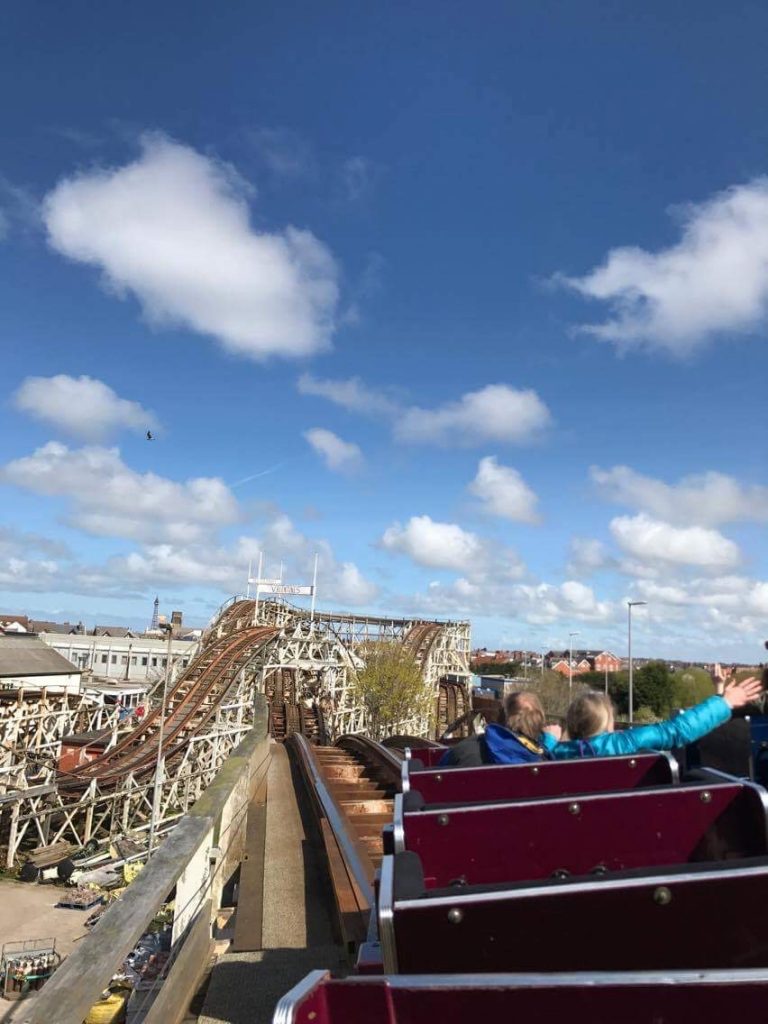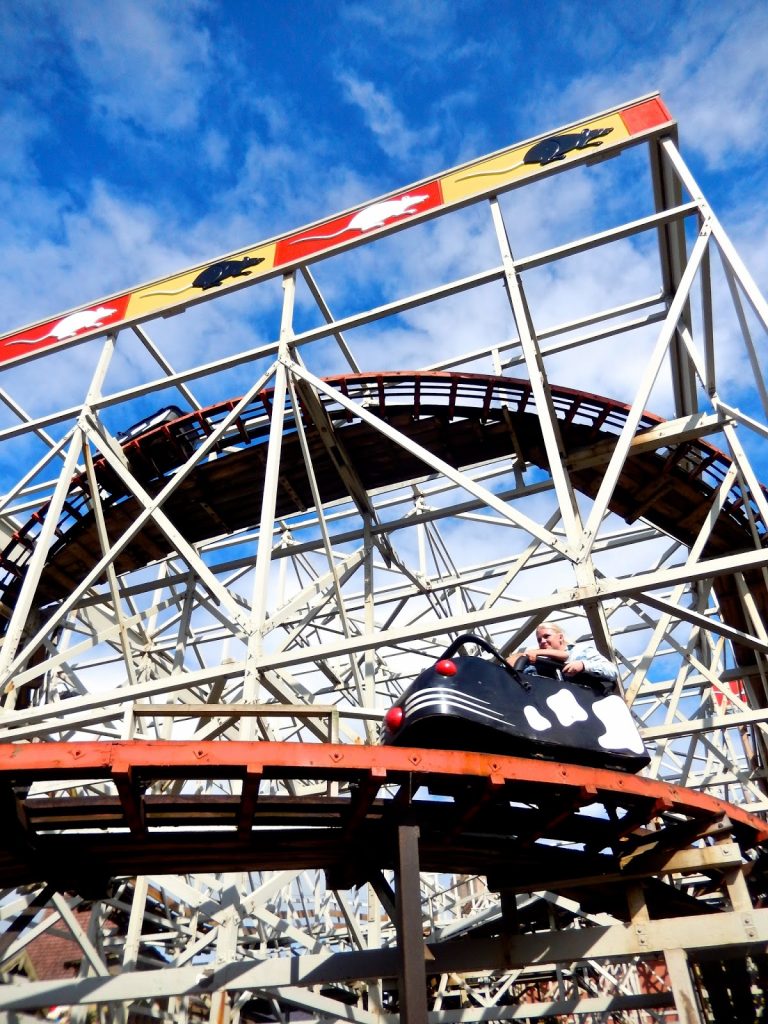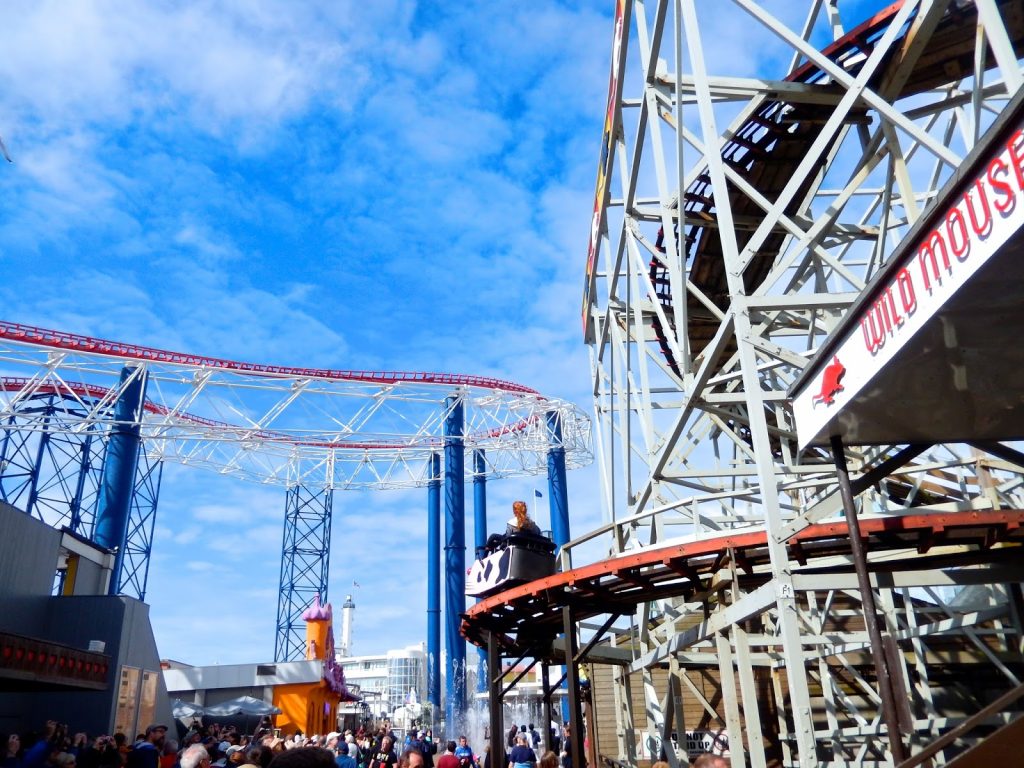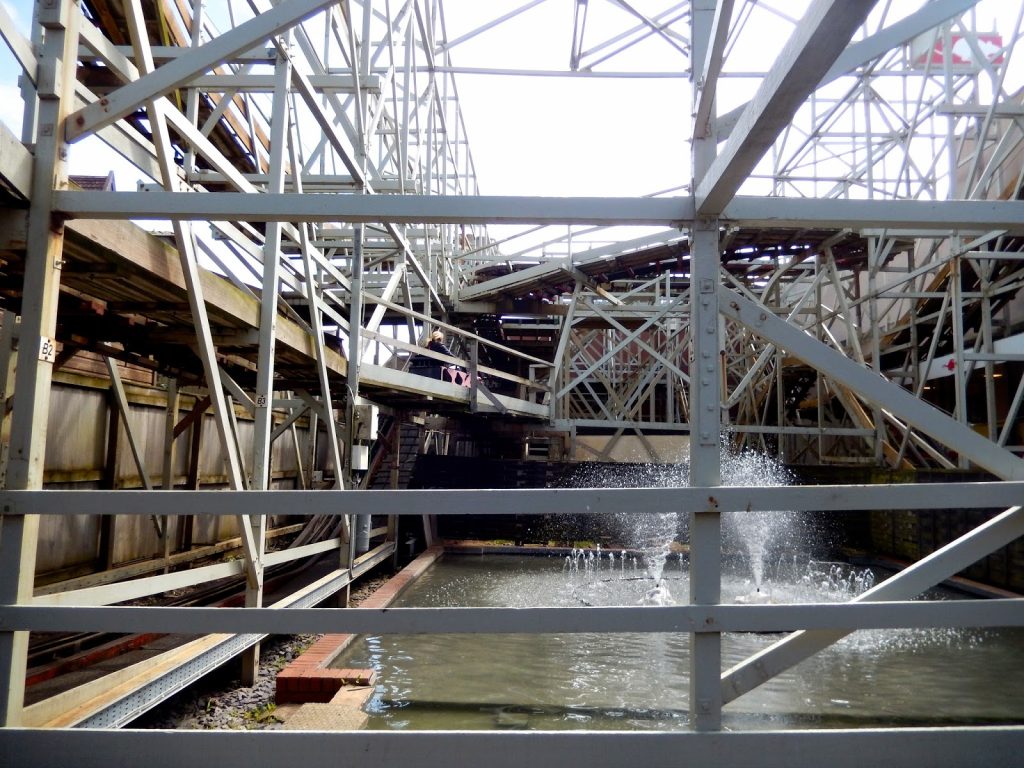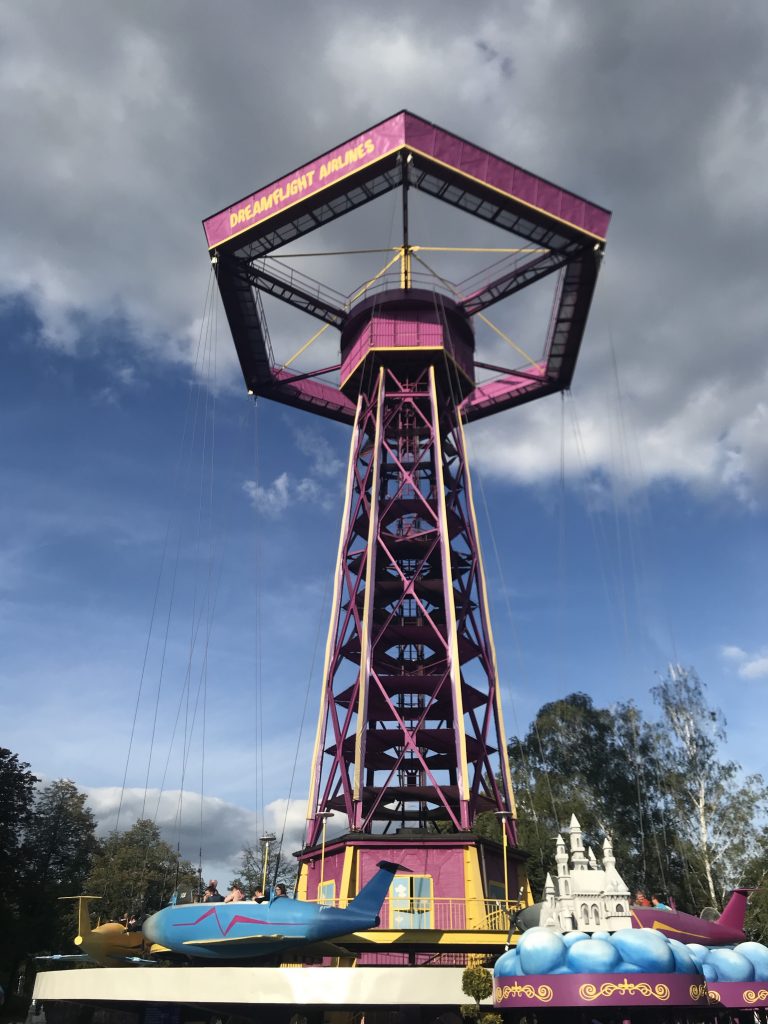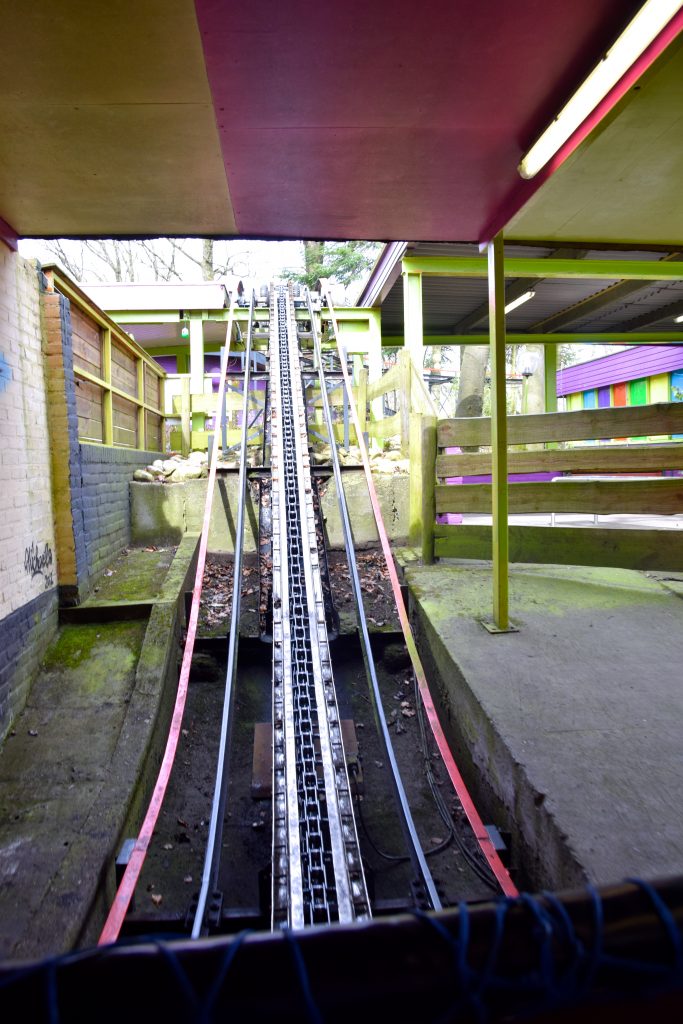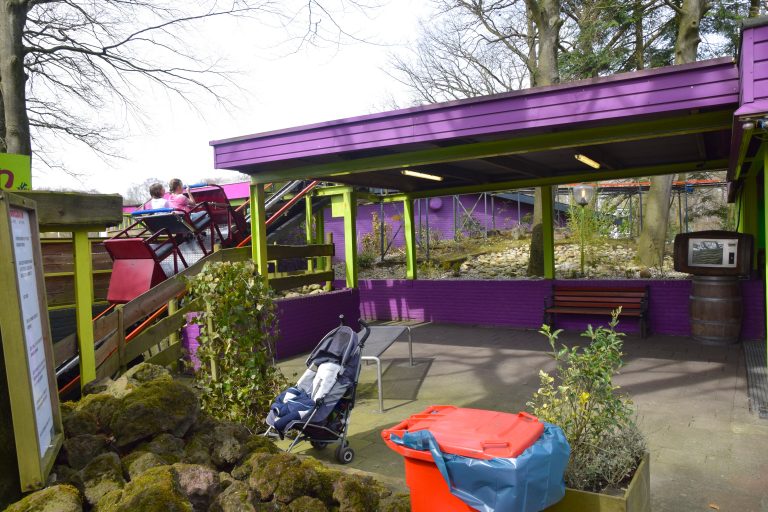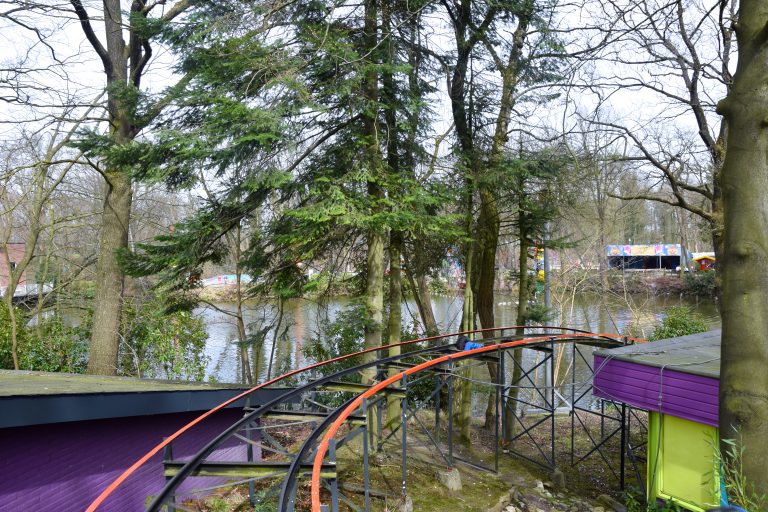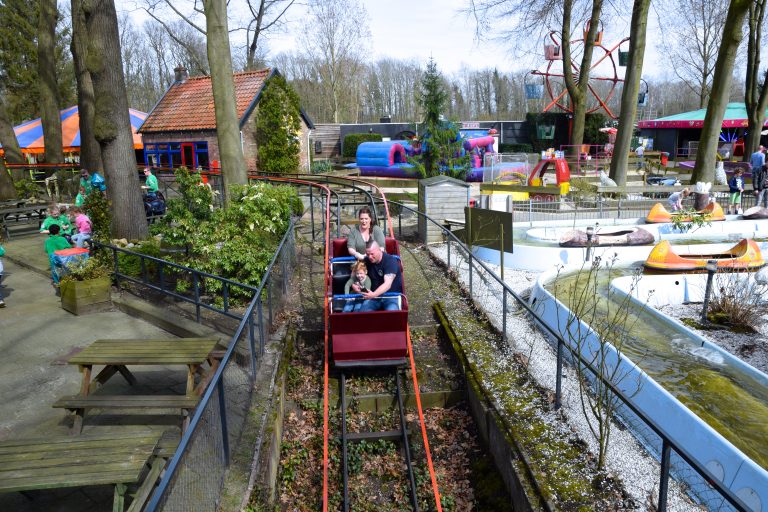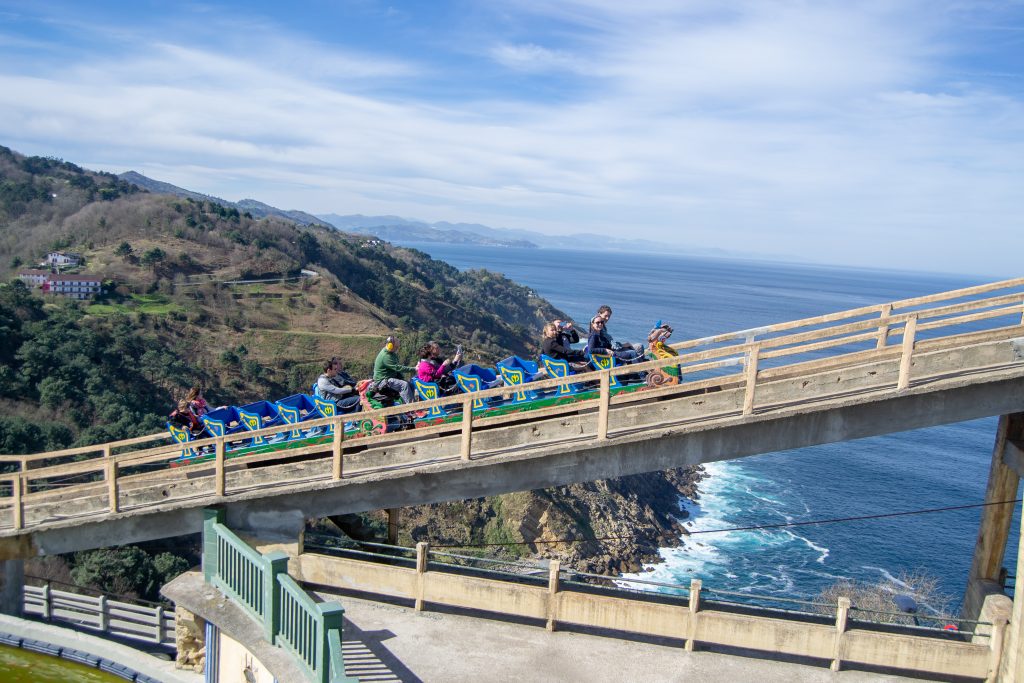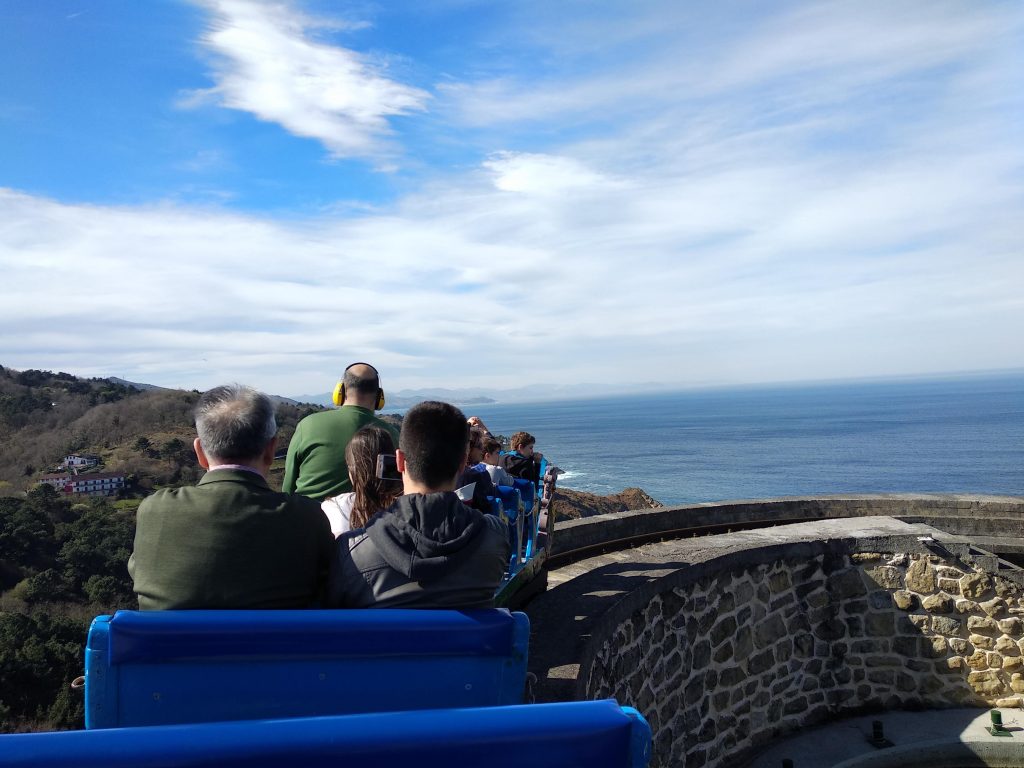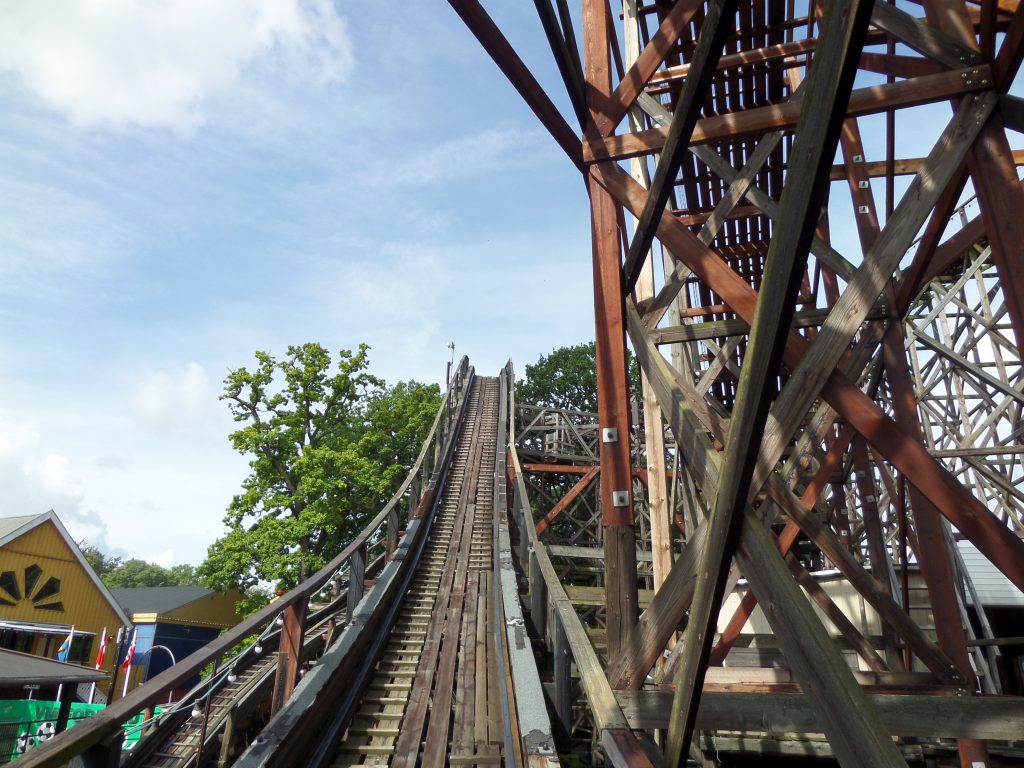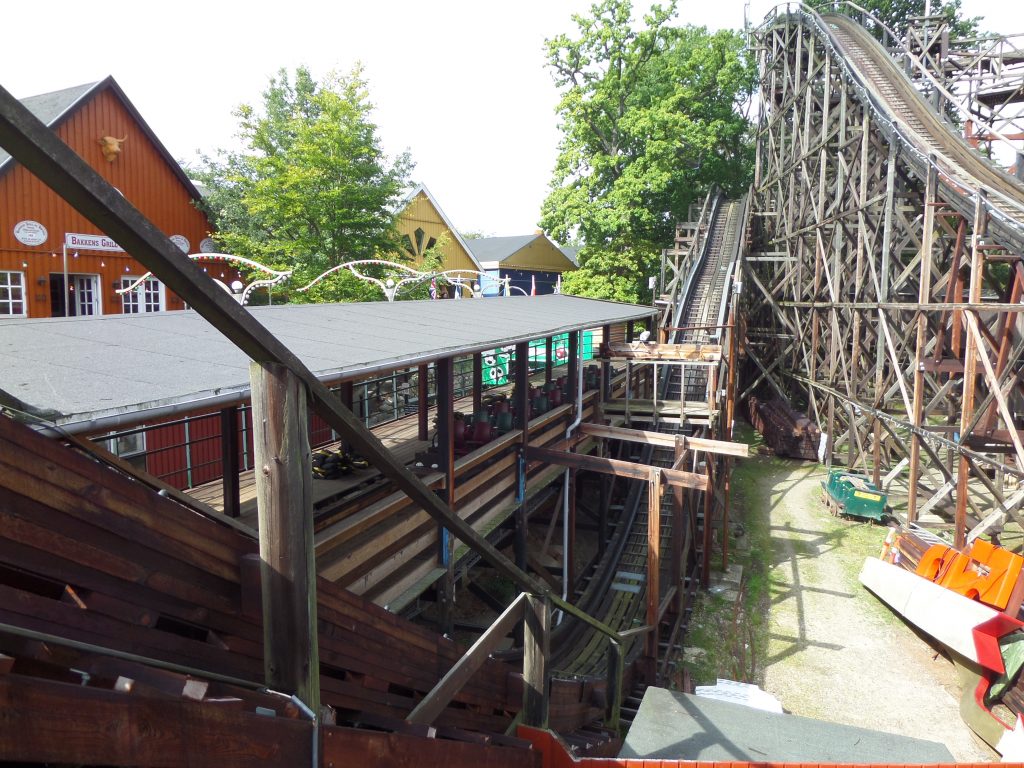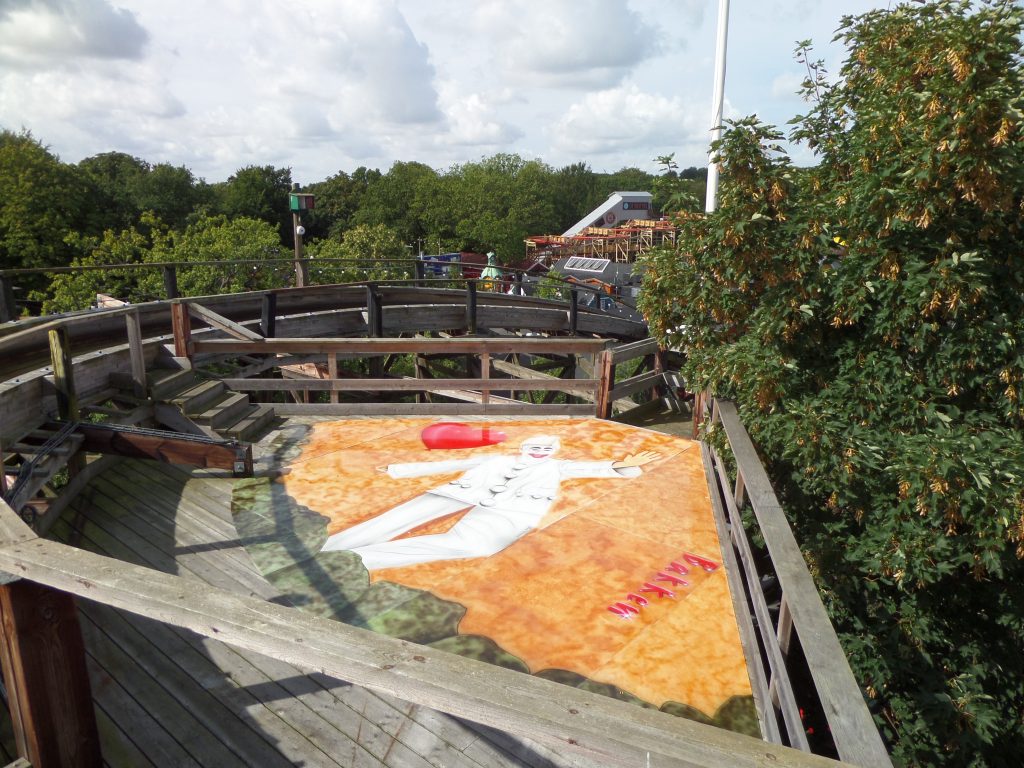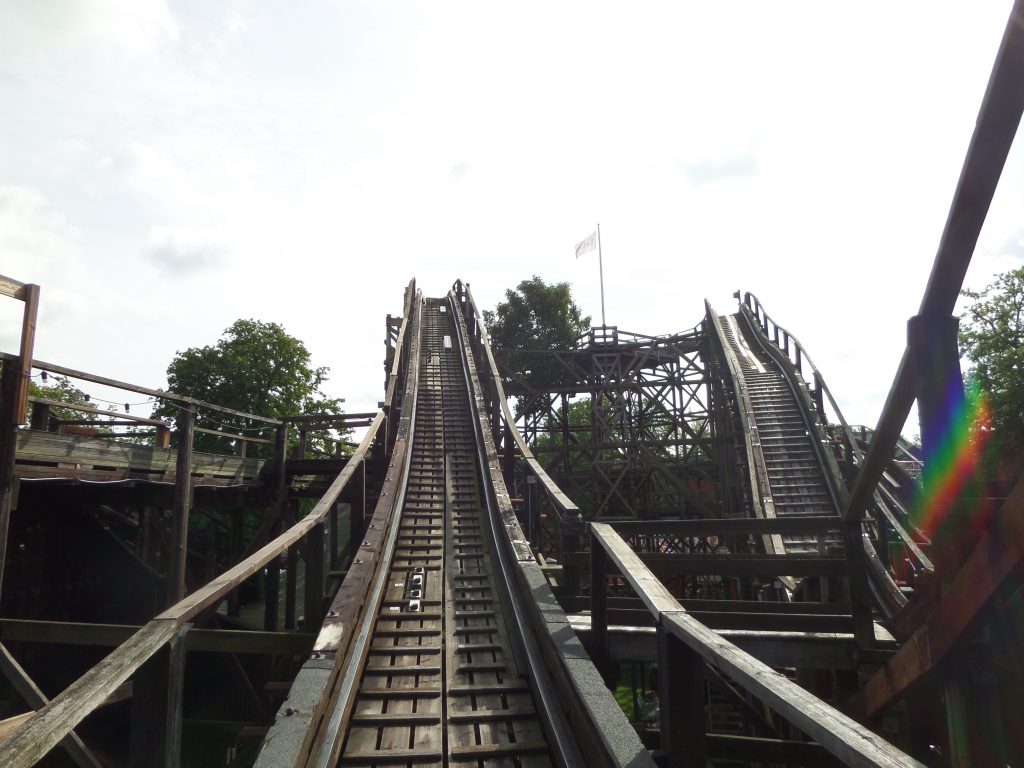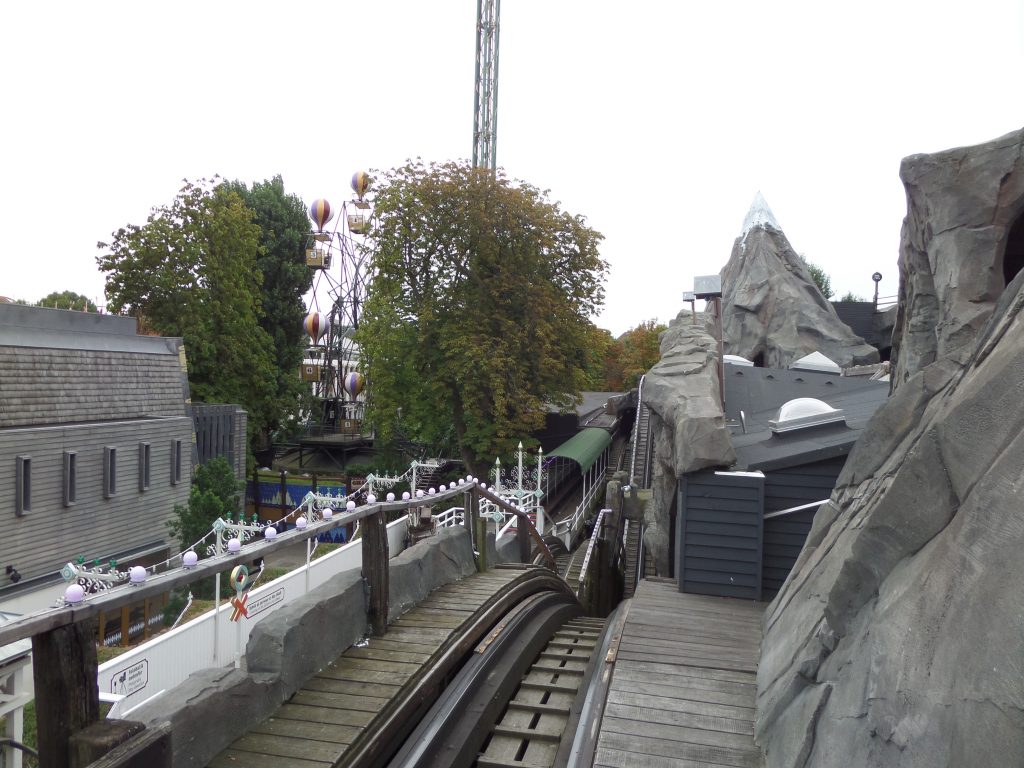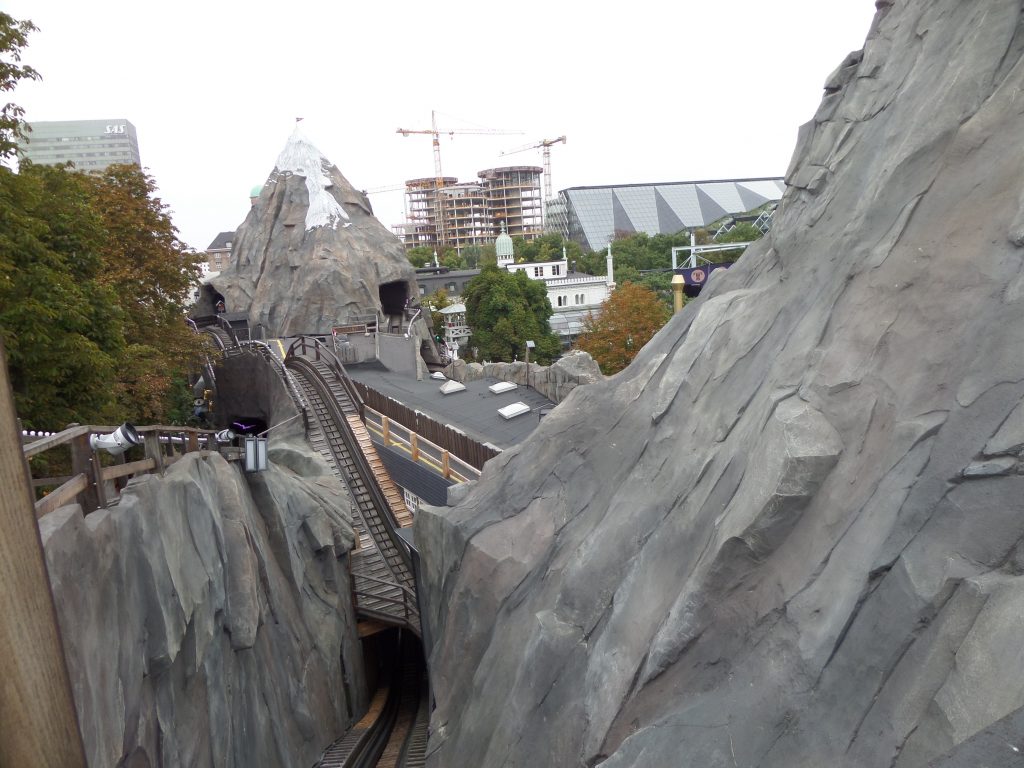We’re all so used to exploring different theme parks around the world and riding loads of different rollercoasters and rides beyond our imagination. We often forget to appreciate how advanced and state-of-the-art a lot of the modern technology which allows rollercoasters to be manufactured, built and operated really is. So I thought to myself, let’s go back to the roots of the amusement park industry. What was the inspiration for theme parks in general and what were the first designs for rollercoasters, the materials used and the elements and experiences created by these historic and revolutionary ideas. We’re taking you over 100 years back and some of the oldest rollercoasters in Europe are still operating today. So join us as we take an exciting and historical adventure across Europe!
– In the past, many of our images have been posted, featured, and shared on forums, social media platforms and websites around the web. We work hard to provide the coverage that we do, and we encourage our audience to share our content and use our images, BUT ONLY IF proper credit is given to thecoasterkings.com Thank you! –
Before the idea of rollercoasters can even be considered, we need to look back to the foundation and creation of amusement parks. This started with Dyrehavsbakken, which is the world’s oldest amusement park. This amusement park is located near to Copenhagen, the capital city of Denmark and has been operating since 1583, which is 438 years ago. The origins of this amusement park can be traced back to its early days when it was a fresh water source for residents of Copenhagen due to poor water quality in the city centre. It soon became a venue for entertainers and performers and an amusement park was born. If you want to know more about Bakken, check out my article on this amusement park in my Scandinavia series, however we will also be looking at one of their classic rollercoasters in this article! The oldest rollercoaster in the world still operating today is Leap-The-Dips, which opened in 1902 and is located at Lakemont Park in Pennsylvania (although the Promenandes-Aeriennes in Paris could be considered the world’s first ever rollercoaster- this opened in 1817 and featured wheeled cars which could descend one of two curving tracks on either side). The oldest still-operating rollercoaster in Europe opened just 12 years after Leap-The-Dips- read on to discover what this coaster is and where you can find it!
So, let’s get started on our tour around Europe and take a look at some of the most historical and traditional rollercoasters which are still operating today!
Great Yarmouth Pleasure Beach
Roller Coaster
First up, starting on the east coast of England we wanted to take you to a park which isn’t very well known at all and is on the whole very underrated. It also contains one of the oldest rollercoasters in the UK- which dates back to 1932 and has tonnes of history behind it. This park and the rollercoaster itself are very much hidden gems and the rollercoaster itself is quite thrilling despite being almost 90 years old now. The ride is simply called Rollercoaster, however is more commonly known as “The Scenic Railway”.
As you’ve probably guessed, over 100 years ago steel was not a plentiful resource and rollercoasters which were designed and imagined were commonly manufactured out of wood. This was due to steel being expensive to produce, whereas timber is a renewable and abundant resource. Therefore, most of the rollercoasters we are going to be looking at are manufactured out of wood rather than steel. Steel didn’t become a common material in rollercoaster manufacture until 1959, when Matterhorn Bobsleds became the world’s first rollercoaster to use a tubular steel track. The Rollercoaster at Great Yarmouth isn’t an outlier to manufacturing trends as it is a side-friction rollercoaster manufactured out of timber.
Rollercoaster actually has a pretty special history and interesting backstory. The origins of the rollercoaster date back to 1932 when Pat Collins attended the Paris Colonial Exposition, where the largest attraction was the scenic railway designed by German man Erich Heidrich, who lived in Hamburg at the time. The scenic railway was designed especially for the exposition. Once the exposition ended, Pat Collins decided to purchase the rollercoaster and had the components shipped to England. The German team began work constructing the rollercoaster on the sandy beach where the amusement park is located. The attraction first opened to visitors in April 1932.
The rollercoaster was clad in mountainous-styled plaster which hung from the sides of the wooden structure. The rollercoaster came with 5 trains, each with 3 cars and the most special feature, a seat for the brakeman. These trains were made entirely out of wood, however new trains were built for the rollercoaster in the early 1960s which are still in operation today. The ride was also completely re-clad towards the end of the 1960s where steel sheet replaced the old plaster.
The Rollercoaster remains one of the most popular attractions at Great Yarmouth Pleasure Beach to-date and is one of the most classic and historical rollercoasters in the world, carrying a lot of heritage and prestige to its name. The most special feature is the brakeman, who sits on-board and uses the brake handle in front of him to slow down the speed of the car on the rollercoaster track to ensure that it travels at a safe speed around the bends and down the drops. The rollercoaster utilises a chain lift system but no magnetic brakes around the track- it’s all down to the brakeman who sits on board to control the speed using his brake handle to ensure safety and enjoyment for the riders! You can even see in the photo above how the attendants have to push the rollercoaster trains through the station between the on-load and off-load platforms as there aren’t any electrical systems to facilitate this such as drive tyres!
I actually rode the Rollercoaster recently; in the summer of 2020. Therefore, I have a pretty good idea and visualisation of what the ride experience itself was like. This wooden side-friction rollercoaster has a total length of 3223.1 ft (982.4m) which is pretty long and allows for a 3 and a half minute ride experience. You ascend a chain lift to a height at the top of the lift hill of 70.0 ft (21.3m) before being taken by surprise (in the back rows at least!) and plummeting down the first drop at speeds up to 45.0mph (72.4 km/h). During the rest of the rollercoaster you navigate a series of bends, down steep drops, over airtime hills, through tunnels and past the snails attraction- which is also pretty unique to Great Yarmouth. On the whole, this rollercoaster was way more thrilling than I expected it to be. The drops were pretty steep and intense and you got lots of airtime and sea breeze through your hair on the way around the track. The views onto the beach and out to the sea over the east coast of England are also fabulous. All-in-all, one of the most fabulous rollercoasters in the UK and with it being one of the oldest, it is packed full of history, love and care which makes it truly one of the most special rollercoasters in the whole of the UK and Europe!
Joyland Childrens Fun Park
Tyrolean Tubtwist
It’s time to take a look at another really special rollercoaster. This one is also located in England in the United Kingdom and is actually still located in Great Yarmouth on the East Coast of England. Joyland Childrens Fun Park is actually located less than 20 minutes walk away from Great Yarmouth Pleasure Beach- so it’s really unique to have 2 seaside amusement parks in such close proximity- especially given that both of these parks are each home to one of the oldest and most unique rollercoasters in the UK(and the whole of Europe!) respectively.
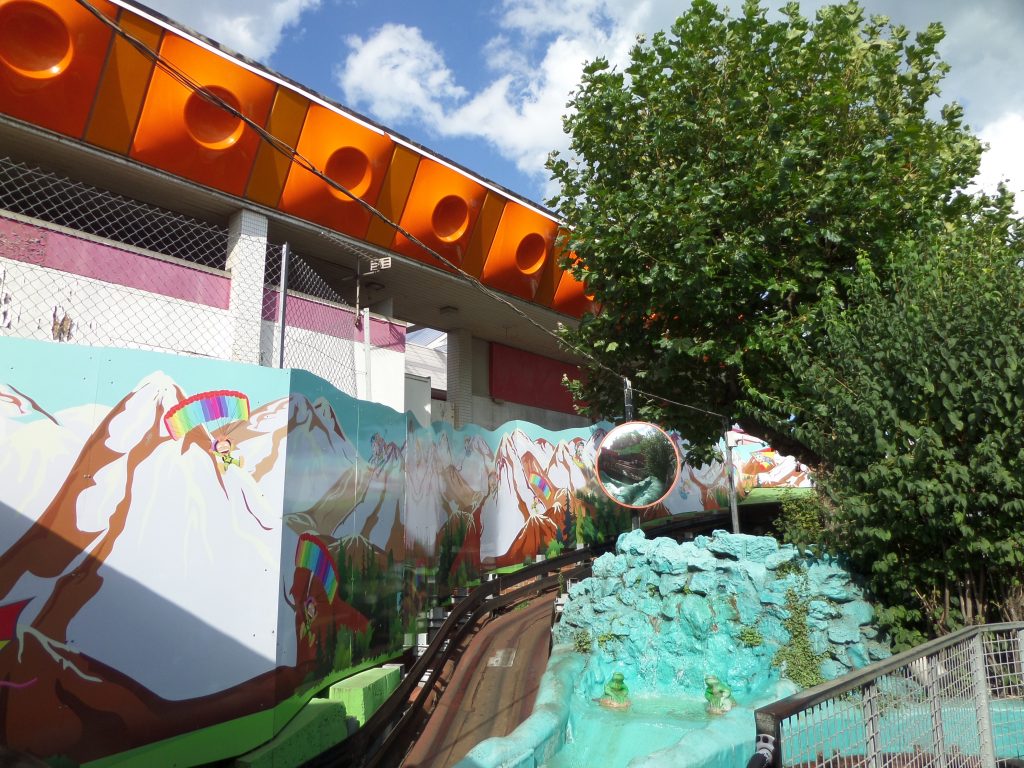
Joyland amusement park isn’t one of the oldest amusement parks in the world- as it did open in 1949, which isn’t too long ago in the grand scheme of things. However, it opened both of it’s most prestigious attractions within the first two years of opening and these are both still in operation today. The first of these is the Tyrolean Tubtwist, a photo of which you can see just above. This was designed and manufactured by Horace Cole, who was an engineering entrepreneur and owned a family-based engineering business. The Tyrolean Tubtwist is technically a powered coaster which operates using side fraction and isn’t actually manufactured out of wood- however there’s more to the rollercoaster itself than just that.
Tyrolean Tubtwist features individual cars which navigate a zig-zagging track. This rollercoaster is the world’s only remaining operating Virginia Reel rollercoaster. However, unlike the original Virginia Reel rollercoasters, such as the one at Blackpool Pleasure Beach, this one is both powered and in miniature form. The base of the rollercoaster track itself is made out of concrete and has a metal track on either side of the base of the track, which provide current to the motors incorporated in each car/tub. The tyres which guide each tub and make the tubs spin are in contact with wooden panels, which are to the side of each vertical metal track. Therefore, the whole rollercoaster circuit is generally considered powered, although there are a few sections of track with a downhill gradient where gravity helps the tub to navigate the circuit.
The ride experience itself was somewhat different to what I had expected. I had expected quite a smooth and pleasant experience given the ride is aimed at families with children. However, I was completely wrong. I actually only rode this rollercoaster once due to fact it was so brutal and aggressive! The tub actually smashed into the metal tracks lining either side on every corner which made it pretty painful. The powered spinning of each car was also very fast and aggressive which made the whole experience pretty dizzying. Therefore, I didn’t ride again as the car was also pretty small and uncomfortable- children would probably be able to fit better inside than a grown adult! Despite an uncomfortable and rough experience on the Tyrolean Tubtwist, I love the history of the ride and the fact it is so unique in the world- I also love the way it has been decorated with trees and a mini waterfall- nice theming features for what is a very small amusement park on the seaside.
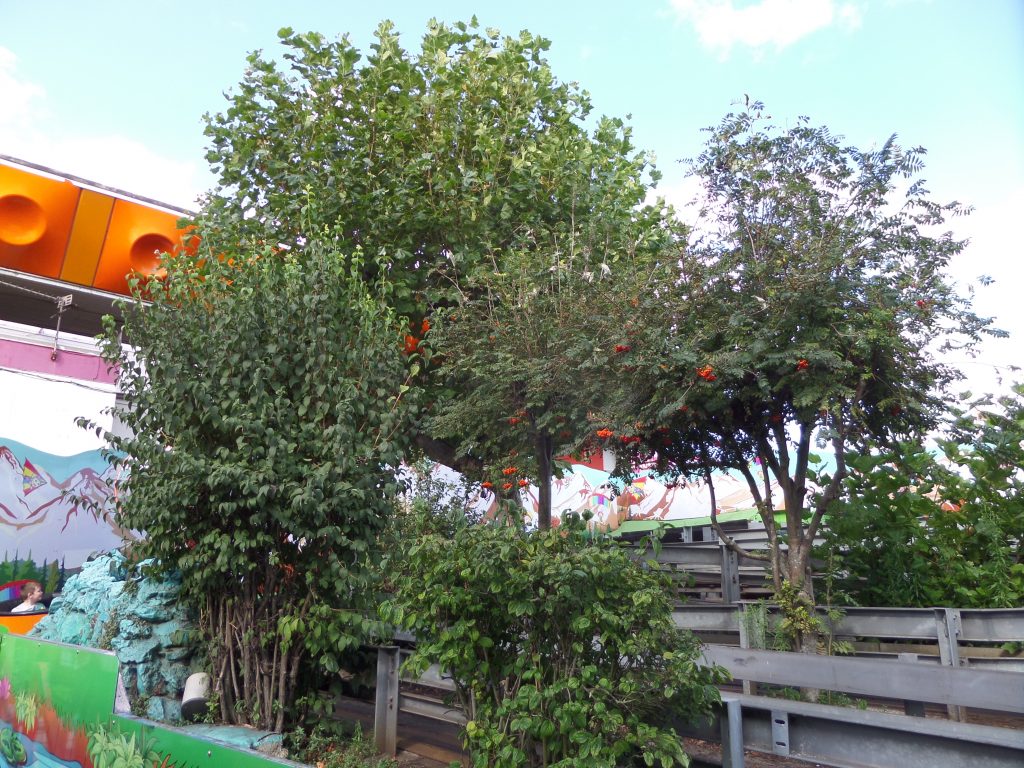
Snails
Joyland Children’s Fun Park is also home to another very special attraction, so we’re sticking here to have a look at this attraction which makes Joyland one of the most historic and special amusement parks in the UK and Europe. It’s up for debate whether this attraction can be called a rollercoaster or not- however I personally consider it as one as it’s on a track and features turns and dips. The attraction is known as the Snails and have been operational in Joyland since the park first opened in 1949. Like Tyrolean Tubtwist, the snails were designed and manufactured by Horace Cole and can therefore be classified as built “in-house” rather than by an external manufacturer.
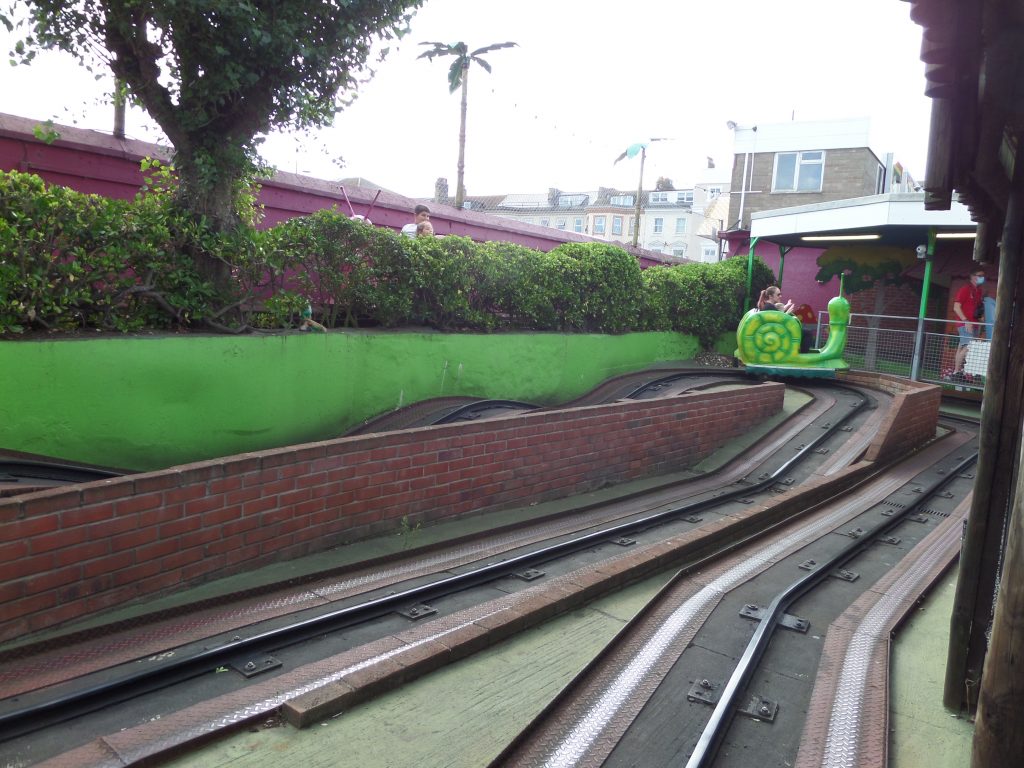
The reason I find the debate so difficult as to whether the Snails are a rollercoaster or not is because the snail themed cars navigate along a track which is powered, however the dips and bunny hills are assisted by gravity which enables the cars to pick up speed down the drops, over the little hills and around the bends. I love the way the snail cars are all coloured different colours and detailed with little decorations such as bow ties. The attraction itself passes by various scenic elements such as garden gnomes, frogs, a little pond and other foliage. On the whole I’ve got to say I really loved and enjoyed the snails. Not only is this a very classic and historic attraction- it’s also great fun for the family to enjoy. The whole ride is very unique and quirky which makes it entertaining going round the different scenic elements and the snail cars actually pick up decent speed on the way round which makes it really thrilling and enjoyable. Another classic attraction which makes Great Yarmouth so special and one which is really worth trying out- as you can’t find these snail style attractions in many other locations!
Dreamland Margate
The Scenic Railway
Next up, sticking in England but moving around the East coast, we’re heading to Dreamland amusement park which is located in Margate, Kent. This is home to the oldest operating rollercoaster in the UK and the sixth oldest in the world, which is known as The Scenic Railway, however this also makes it the second oldest rollercoaster in Europe. Interestingly, pretty much all of the UK’s most historical rollercoasters are located by the seaside- I assume because days out to the seaside have been tradition in the UK for years and years and that presumably sparked the idea of building rides, rollercoasters and other amusements on the seaside for entertainment purposes.
Dreamland’s origins actually trace back to 1863 when rival railway companies found themselves bringing holiday-makers to Margate, as the town had become a fast growing seaside resort. An empty standing building in Margate was named “The Hall By The Sea” and was opened as a dance hall where 2000 people could dance in one of the largest ballrooms in the country. John Henry Iles bought the building in 1919 and decided to convert it into an American style amusement park- he was already running a scenic railway at Blackpool South Shore so had experience in the business. After over 10 years of development and more than £500,000 spent, Dreamland opened on 3rd July 1920. The Scenic Railway was the centrepiece of the park. It was an instant hit. It still is to this day. You can see a photo below.

The Scenic Railway carried nearly a million passengers in its first full season in 1921. The success and huge profits generated from the Scenic Railway allowed the development and construction of a subsequent brand new coaster- The Racing Coaster. However, Dreamland’s luck soon ran short. In a dramatic fire in the 1930s a number of rides, sideshows and a roundabout were damaged, as well as the arcade. Luckily the Scenic Railway survived and continued to entertain guests from the 1931 season. Dreamland then had many boom years where the park continued to thrive under different ownerships. The park even saw the introduction of the German Schwarzkopf “Looping Star” rollercoaster. However, Dreamland’s bad luck unfortunately came back generations later…
The Scenic Railway actually became a listed structure in 2002. However, the darkest and lowest days for Dreamland were still to come. After the park didn’t open at all in 2007 due to financial problems and the additional closure of the cinema and bingo hall, Dreamland was looking pretty derelict. However, at around 16:30pm on the 8. April smoke and flames were spotted coming from the Scenic Railway. The fire ripped through key parts of the Scenic’s structure and all the original trains were destroyed. However it’s not all dark for Dreamland. Dreamland was revived in late 2013 and saw visitors again and the Scenic Railway was rebuilt and restored and reopened at the end of 2015. The restored Scenic Railway is the rollercoaster you can see in the photos I’ve taken.
The history and story behind Dreamland and the Scenic Railway are what make it so special. A ride on the restored Scenic Railway takes you back in time to the origins of the park and is a smooth and gentle experience for the whole family to enjoy. A ride on the Scenic Railway is truly bliss with the sea breeze flying through your hair as you speed down drops and navigate around bends. However, what makes the rollercoaster even more special is it still contains a brakeman- as it did with the original trains over 100 years ago. The new trains have a slick and vintage design and the restored rollercoaster looks as good as new. A ride on The Scenic Railway with the brakeman is truly a nostalgic and memorable experience.
Blackpool Pleasure Beach
The Big Dipper
The final park we are taking a look at in the United Kingdom is located more up North, however certainly cannot be missed when talking about the oldest and most classic rollercoasters in the whole of Europe. The park we’re going to take a look at is Blackpool Pleasure Beach, which is also filled with history and tradition and contains it’s fair share of vintage rollercoasters and plenty more rollercoasters which were unique to Europe however have sadly been removed over the past years. So, let’s start with the oldest remaining and operating rollercoaster currently in the park, the Big Dipper.
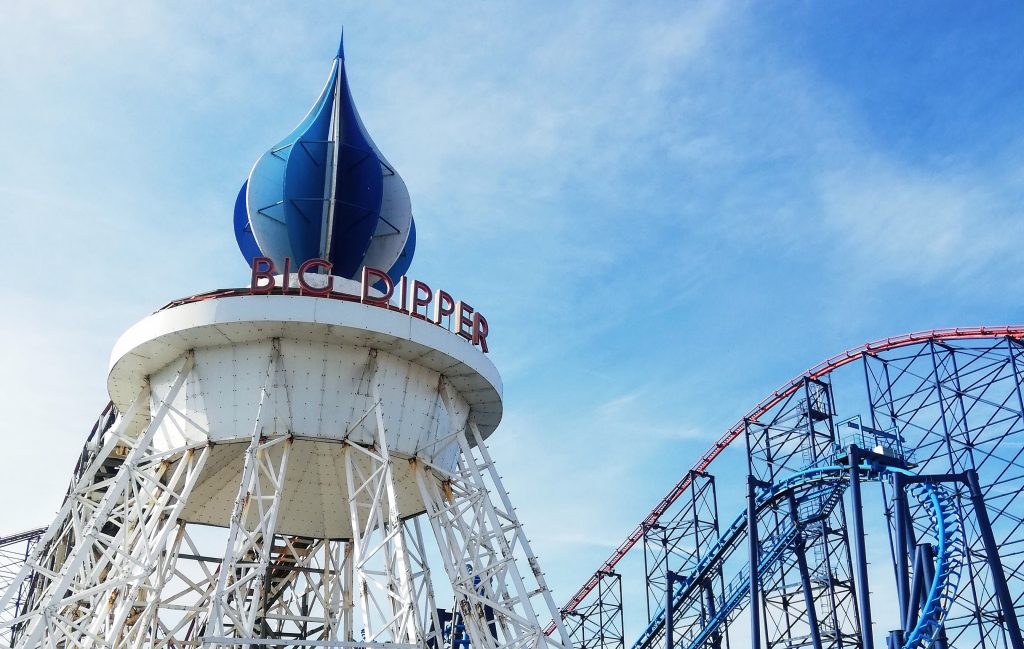
The Big Dipper is the 8th oldest still standing and operating rollercoaster in the world, which makes it the third oldest operating in Europe and second oldest in the UK. We already looked at the second oldest operating coaster in Europe, The Scenic Railway at Dreamland and we will come to the oldest standing and operating rollercoaster in Europe later on in the article.
The Big Dipper first opened in July, 1923 when the park was under William Bean’s ownership. It was designed by John A. Miller and built by William Strickler and Philadelphia Toboggan Coasters, Inc. This was William Bean’s final investment before he died of pneumonia in 1929, when Lillian Doris-Bean and Leonard Thompson took over the business. The success of the investments from the Thompson’s led to a complete re-profiling of the Big Dipper in 1936. This was carried out by Charlie Paige and Joe Emberton and the layout you can ride today is the same layout which was profiled by these two designers. Between 1923 and 1936, the rollercoaster was a lot shorter in layout and made a greater than 90 degree bend where the small bend under the big one is located today. When the rollercoaster was re-profiled in 1936, it was extended towards the south-westerly side of the park as more land to the south was acquired by the owners.
The Big Dipper will turn 100 years old in around 2 years now, which is truly a historic timestamp for the amusement park industry and development of rollercoaster technology. It’s crazy that the Big Dipper sits both next to the Big One and Icon, the park’s newest rollercoaster. That’s what I love about the Pleasure Beach, the contrast between old classic rides and new modern rides. Icon, a Mack Megacoaster, sits next to one of the oldest rollercoasters in the world. A ride on Icon is incredibly smooth and packed full of floater airtime and inversions. Next to it, you can have a rough and jolty experience on the Big Dipper full of ejector airtime and non-stop being thrown around and out of your seat.
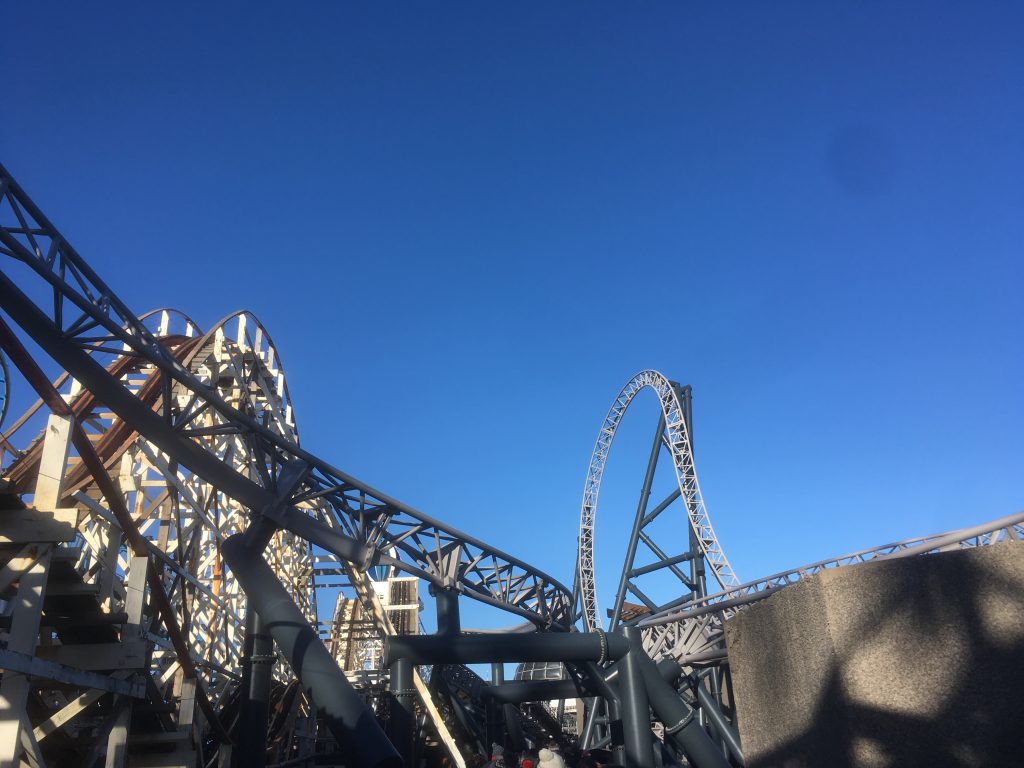
Flying Machines
It’s not a rollercoaster, however we can’t talk about Blackpool Pleasure Beach without mentioning the Flying Machines. While William Bean was expanding the Pleasure Beach in it’s early years, his idea was to create a fun park to make “adults feel like children again”. This started with the installation of attractions to hook the public into visiting the Pleasure Beach. The second ever ride to open at the Pleasure Beach was in 1905 and is known as the River Caves, a dark ride which is still operating to this day. However, the first ever attraction installed at the Pleasure Beach was Sir Hiram Maxim’s Captive Flying Machine, which is today known simply as Flying Machines. This is a rotary swing ride designed by a British inventor which first opened in 1904 and is still operating to this day- making it the oldest attraction in the Pleasure Beach.
Nickelodeon Streak
After the success of the first two attractions in the park, the Flying Machines and River Caves, it was time for the Pleasure Beach to expand its horizons and construct its first ever rollercoaster. This was a wooden rollercoaster known as “The Scenic Railway”, which opened in 1907. The Pleasure Beach continued to install and develop frequent large scale investments including a wooden rollercoaster, built in 1909 by William Strickler and called “The Velvet Coaster”. The Velvet Coaster only operated until 1932, however the lift hill and other parts of the structure of this rollercoaster were used in 1932 to build a brand new attraction called “The Roller Coaster”, which is now known as Nickelodeon Streak to this day.
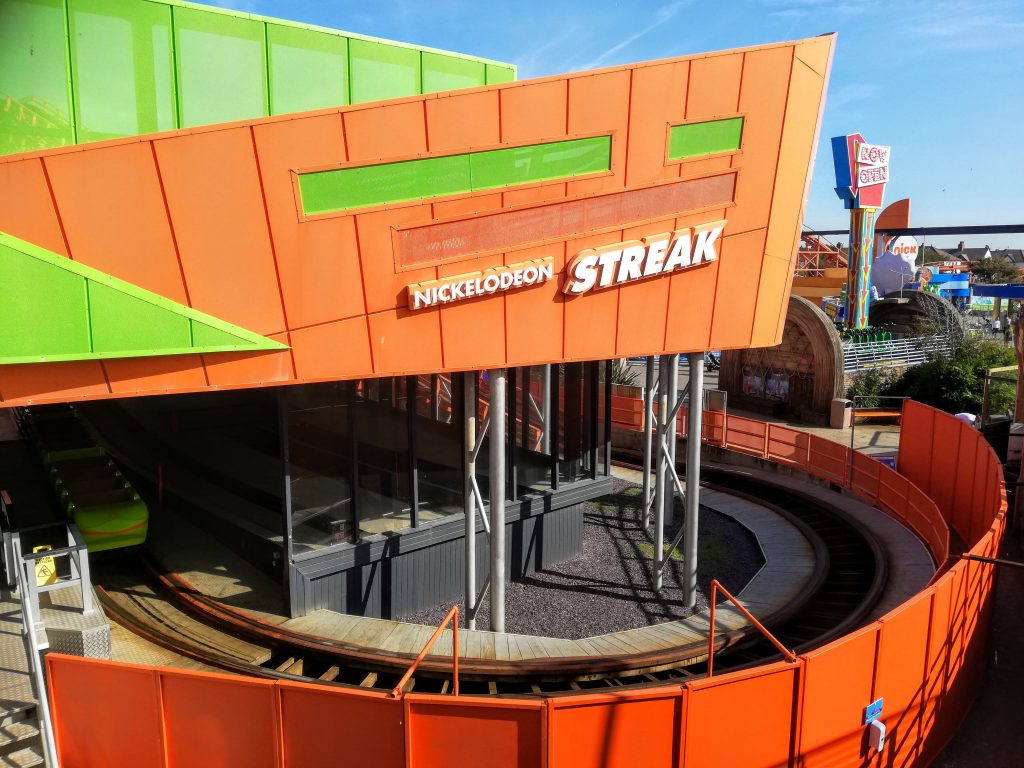
The “Roller Coaster” was designed by Charles Paige, who became very famous and designed multiple other rides at the Pleasure Beach. The Roller Coaster is a similar age to the one at Great Yarmouth Pleasure Beach however it is a wooden rollercoaster that relies on gravity and friction rather than utilising a brakeman. It started operation in 1933 and is still the exact same layout to this day. The only difference is that the name has changed to Nickelodeon Streak, a change which was undergone in 2010 as part of the rebranding of an area of the park to a Nickelodeon themed area. This attraction only runs a single train with 3 cars which makes for a very slow operational procedure, however perhaps this is justified as it is so old, but the slow operations can cause problems in a modern day busy theme park setting.
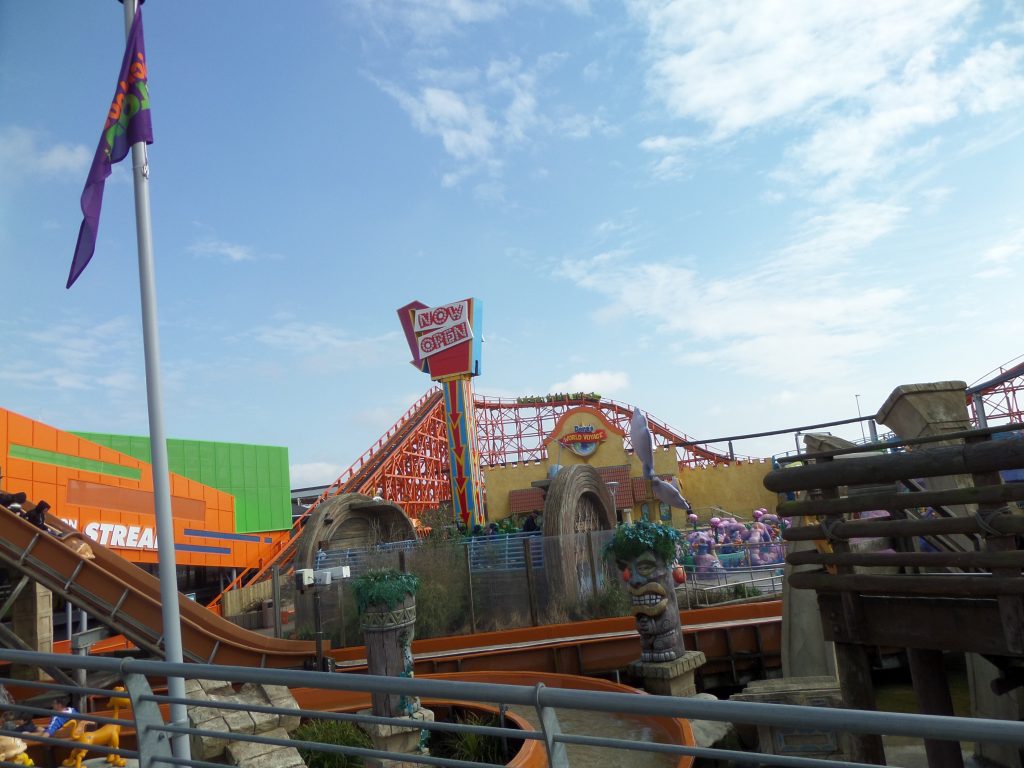
The Blue Flyer
After the development of Nickelodeon Streak (formally known as “The Rollercoaster”), you might have thought that the park took a few years break off after such a major investment building a new rollercoaster. However, this time period of the Pleasure Beach’s history is often referred to as “the golden years”. The primary reason for this is that these years were very much “boom” years for the Pleasure Beach. Successive years of investments to draw in the crowds and therefore to try and make as much return and therefore profit as possible. After the development of The Rollercoaster in 1932, Pleasure Beach started working on the next projects. Thompson, who had taken over and now owned the business, was preparing the park for his next major addition- the funhouse. This opened in 1934, however there’s another attraction which actually opened in 1934 and is still operating to this day. This is a rollercoaster, therefore making it one of the oldest in the UK, and to this day it’s known as The Blue Flyer.
The Blue Flyer is the modern day name for this attraction and the name was changed in 2010, I believe to coincide with the Nickelodeon refurbishment for the area surrounding the rollercoaster. In the years that this rollercoaster operated before this, from 1934 to 2010, it was known as “The Zipper Dipper”. However, it must be said that under the “Zipper Dipper” branding it had a pretty garish theming- the modern day styling is a lot more simplistic and much more aesthetically pleasing. The Blue Flyer is believed to be built by Charles Paige, with the assistance of Harry Travers and Philadelphia Toboggan Coasters Inc.
The Blue Flyer is manufactured out of timber with a steel track overlay, given timber was the most readily available and renewable resource at the time. Under the “Zipper Dipper” branding, The Blue Flyer had a 3-car train with four benches per car. However under the rebranding there is now a new train which is a single train with 5 cars and seats 20 riders. The Blue Flyer is a pretty short rollercoaster, totalling 1099.1ft (335.0m) in length and ride time lasting around 1 minute. Something particularly interesting is that given this is a rollercoaster mainly manufactured and designed for families with children, each row can only easily accommodate one adult and one child or two children. Two adults is definitely a squash and you’re better off sitting one by one behind each other. Something else particularly special about The Blue Flyer and its prominence in Blackpool Pleasure Beach is the fact that the attendant has two manually operated levers in the station- one to brake the train and halt it in the station and the other to dispatch the train. This is opposed to a modern rollercoaster which has an automated control panel!

The Grand National
After the opening of the funhouse and The Blue Flyer (Zipper Dipper) in 1934, Thompson didn’t want to stop there with his new investment plans. There were already designs and construction underway for the next big investment. Due to the success of Charles Paige’s wooden rollercoasters, he was commissioned to open a revolutionary rollercoaster which he designed in 1935. This is one of the largest, most prominent and significant investments the Pleasure Beach have ever made. Charles Paige had a revolutionary concept incorporating a Möbius loop design into a rollercoaster. This rollercoaster was named and branded as The Grand National– and is a pair of duelling/racing wooden rollercoasters on a Möbius loop track design to simulate a horse race. It is one of the most renowned and prestigious rollercoasters and is one of the very few remaining operating Möbius loop wooden track designs to this day.
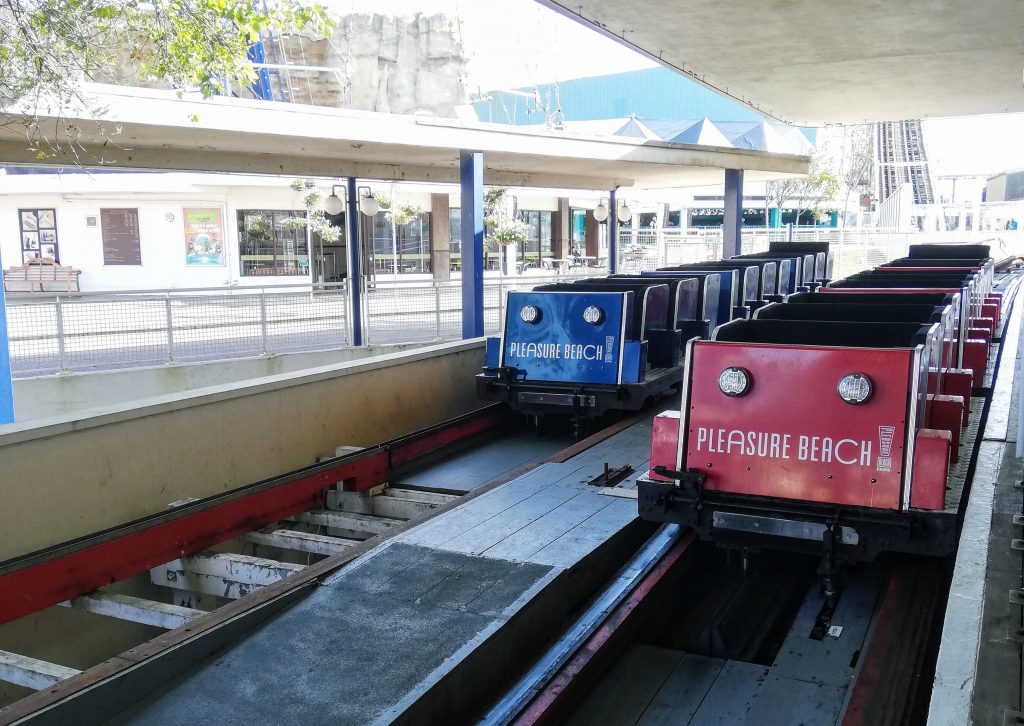
The Möbius Loop track design means that if you board the red train you will end up in the station where the blue train departed from and vice versa- essentially meaning you will get off on the opposite side of the station to the one you got on. This doesn’t really affect ride experience to be honest, as each track is slightly different with their own little quirks- but essentially the whole rollercoaster is connected as one rather than it being two individual rollercoasters. Similarly to The Blue Flyer, Philadelphia Toboggan Coasters Inc assisted Charles Paige to design and manufacture The Grand National. It remains an icon and a centrepiece attraction of the park to this day, although the trains have now been replaced to more modern and comfortable ones. The Grand National even has a listed status within the United Kingdom, meaning that it is protected and safeguarded from any potential developers who may want to destroy the attraction.
The experience of The Grand National starts with a choice. The red train, or the blue train- which will you pick? Once you’ve chosen you will head up a lift hill which takes you up to heights of 62.0 ft (18.9m), where you have views across the rest of the park, over to the Big One and Nickelodeon Streak, and over some of the streets of Blackpool. The two trains then navigate the first bend side by side before plunging down the first drop at speeds of up to 40.0mph (64.4km/h). The trains run side by side around the whole track as the two tracks are connected for the most part. This means that if you sit opposite some friends on the other train, there are times where you can high five or even hold hands down some of the drops! After the first drop, the rest of the rollercoaster consists of airtime hills, dips and drops as well as turnarounds and bunny hills before returning to the station where you end up on the opposite side to the one that you started on. Whoever makes it past “The Winning Post” sign first has won the horse race.
The Grand National, being a listed structure, is therefore one of the most historic and prestigious rollercoasters out there and a landmark for Blackpool and the UK as a whole. The total track length is 3302.0 ft (1006.4m) which is pretty long and The Grand National runs two trains on either side of the Möbius Loop track- 2 red and 2 blue- which makes up 4 trains in operation in total which means it has a pretty awesome throughput. Although The Grand National remains such a prestigious attraction and one of the most renowned rollercoasters in the world unfortunately the ride experience as a whole is pretty unpleasant. The rollercoaster hasn’t aged well meaning the ride experience from beginning to end is non-stop brutality. It’s one of the most rough, brutal and painful rollercoasters I’ve ever been on with non-stop jolting and rattling around the entire time. You were warned before you get on!
Wild Mouse
After the investment of The Grand National in 1935 there was another significant investment which took place in 1936 by Charles Paige- in the form of re-profiling The Big Dipper, although we already mentioned this. Post the re-profile of The Big Dipper, there was a significant number of down years on the attractions front as Thompson hired Joseph Emberton, an award winning architect, who was brought in to redesign the architectural style of the Pleasure Beach, in terms of rides and buildings. He worked on major structures such as Noah’s Ark and The Ice Drome. Unfortunately, he died in 1956, however this led to a new era in rides and attractions for The Pleasure Beach.
Not only was an architectural focus the reason for the slow-down in investment in rides and attractions in The Pleasure Beach. The second world war meant that investments steadily decreased and footfall in the park was severely dented. However, there was a rebound between 1958 and 1961 which saw many new additions, some of which are classics and still operating to this day, such as Alice in Wonderland and The Derby Racer. However, there was a classic rollercoaster installed in 1958 which unfortunately hasn’t survived to this present day- it’s one of the most iconic and talked about attractions ever to be at the Pleasure Beach and it’s known as The Wild Mouse.
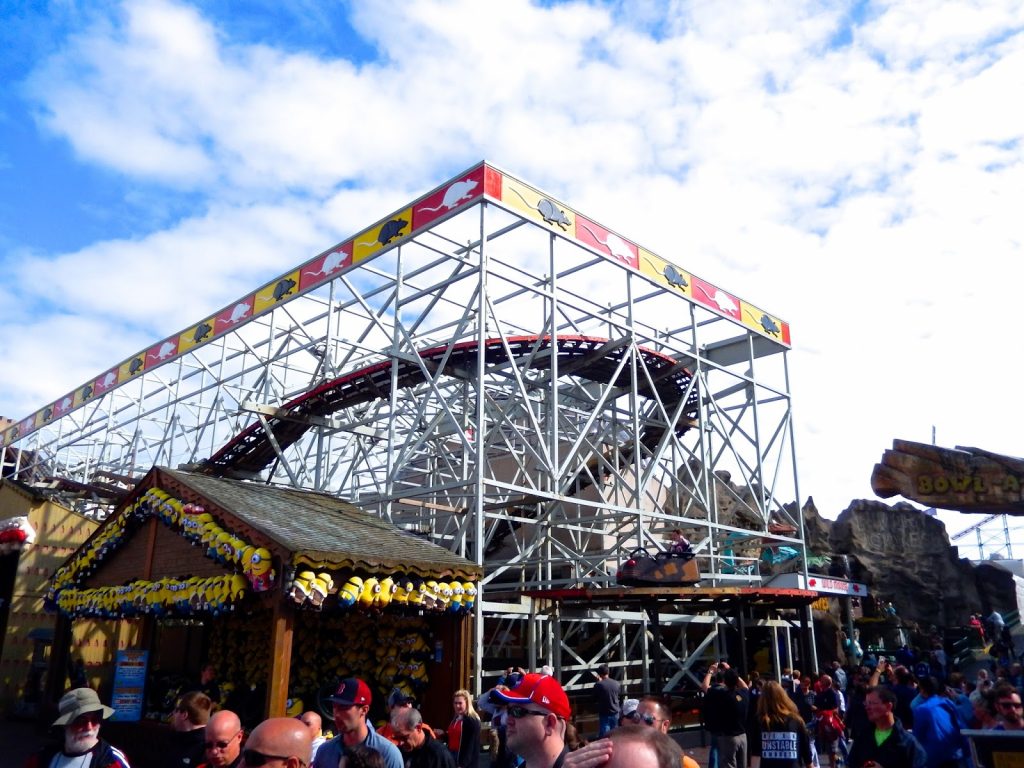
After The Wild Mouse opened in 1958 it was an instant hit. There were a total of 12 mouse-themed cars which could seat either one or two riders and whizzed round the 1266.0ft (385.9m) track. The entire structure was manufactured from timber which is what makes it so different to a modern day wild mouse, although the track was still manufactured out of steel. The rollercoaster was built in house by Frank Wright, however the design was brought in from the Valere brothers in the USA. A few years later, however, the track layout was actually adapted to make it more complex and make the ride more thrilling and longer.
The Wild Mouse was an absolute icon of The Pleasure Beach. It blended in so well next to rides such as The Big One which provided the perfect contrast between old vintage attractions and new, modern attractions. I loved the complexity of the layout of The Wild Mouse and how it had such a fun and quirky theme and decorative elements such as dancing water fountains in the centre. The total length of the rollercoaster was around one and a half minutes in total and includes flying down drops, over airtime hills and almost flying out of the car round hair pin bends. Even on the lift hill there was a sign to say “mind your head”- and you literally had to duck otherwise you could bash your head on the wooden support structure! The sheer craziness of the layout and the ride experience is what made The Wild Mouse so incredibly special and the fact it was a completely wooden support structure makes it so different and unique compared to modern day Wild Mouse rollercoasters. Unfortunately, The Pleasure Beach said goodbye to The Wild Mouse in 2017 after almost 60 years of operation. Currently the spot the mouse was sat on is empty and awaits further redevelopment. I’m not sure The Pleasure Beach provided a specific reason for the removal of the mouse but it’s likely due to maintenance issues and upkeep and running costs of such an old attraction. Such a shame as it was truly loved by all goers to The Pleasure Beach.
Legendia Śląskie Wesołe Miasteczko
Dream Flight Airlines
Whilst Legendia isn’t a park known for its historic rollercoasters, as it is home to 2 Pinfaris, a Soquet looping coaster and a modern and slick Vekoma rollercoaster, it is a park of tradition and history and therefore deserves a mention in this article. Legendia started out as Śląskie Wesołe Miasteczko ie. “Silesian Amusement Park” in 1956 when construction began. It is the oldest amusement park in Poland, first welcoming guests in 1959, which is why I wanted to mention it in this article as it is definitely part of Europe’s rich and interesting history in amusement parks. The branding of the park as “Legendia” did not come until 2017, however attractions have been present in the park since opening in 1959.
The oldest ride and the first installed attraction in Legendia is Dream Flight Airlines, a rotary swing ride in which travelling in fairytale planes gives you the feeling of a real flight. For those of you who are eager-eyed, you will notice this is identical to the Flying Machines at Blackpool Pleasure Beach. With it being the first ride installed in Legendia, this makes it the oldest amusement attraction in Poland- and it’s still operating to this day after more than 60 years. The design and mechanisms of the ride are identical to the model at Blackpool, so it was very much inspired by Sir Henry Maxim who designed the Flying Machines. I think the reason I find this attraction so nostalgic is because its reminiscent of the oldest attraction in the Pleasure Beach which is one of the oldest amusement rides in the UK and the whole of Europe.
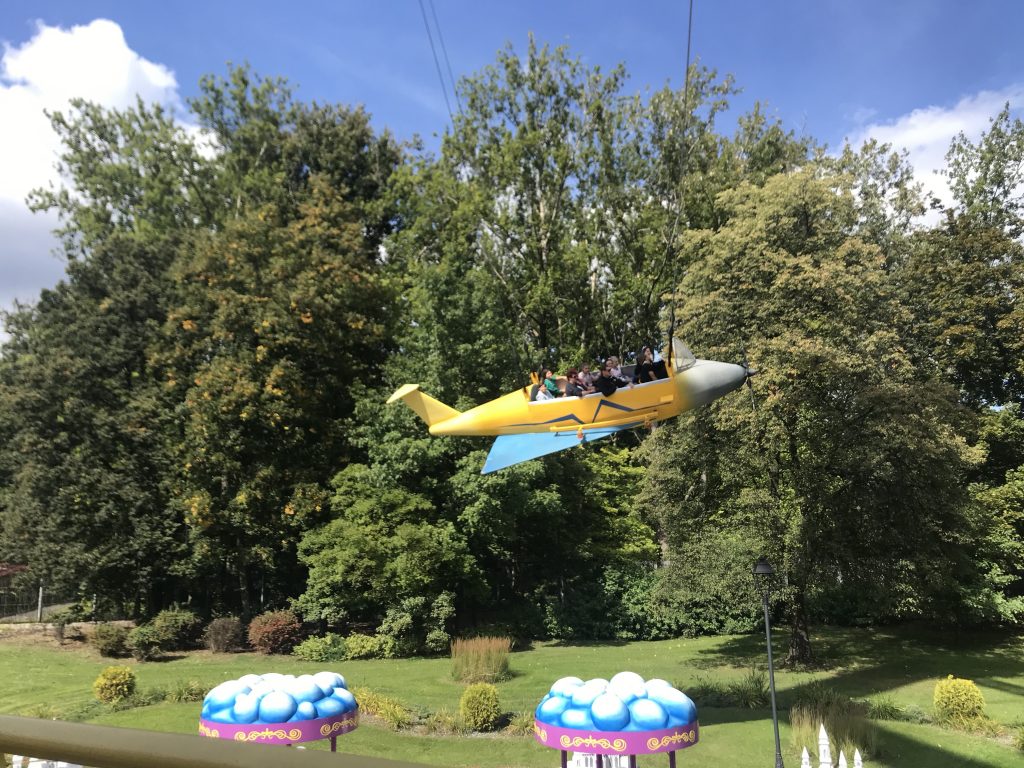
De Waarbeek
Rodelbaan
Staying on the continent but moving west from Poland over to Holland, we’re taking a look at a rollercoaster classic which is really quite different to all the rest we’ve been looking at throughout this article. It has been operating since 1930 which means it’s one of the oldest rollercoasters in Europe however narrowly misses out on being in the top 10 oldest rollercoasters still operating worldwide. It’s called Rodelbaan and it’s located in De Waarbeek, which is near the eastern border of the Netherlands. De Waarbeek is a park which is adorned with old fashioned character and charm and mainly specialises in attractions aimed at children between three and twelve years of age. This very much makes Rodelbaan a family attraction for adults with young kids to enjoy.
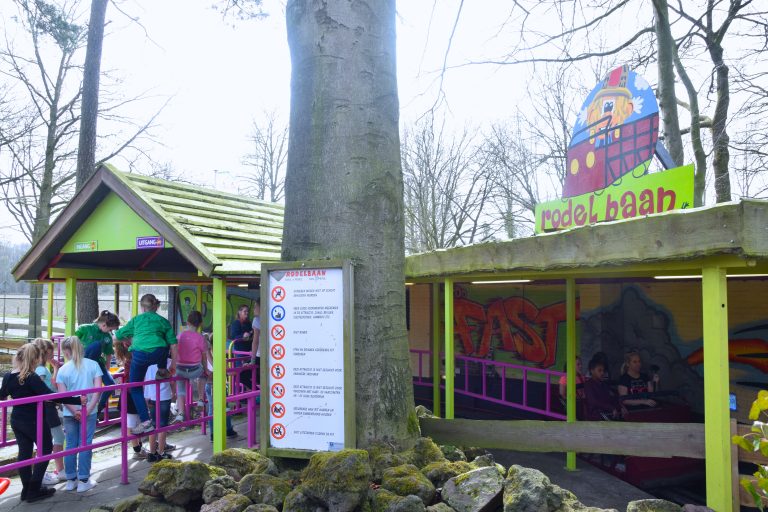
De Waarbeek is a park which dates back nearly 100 years now and has quite a rich history. The park opened on Easter Sunday 1924 and was laid out as an English garden featuring two ponds. There was also a tennis court and some playground areas for the kids to enjoy. The park was easily accessible from a nearby train station and a short walk through the forest took you there. One of the first ever attractions built in the park was the “Toboggan Run”, which is known as Rodelbaan in the native language. Interestingly, this was constructed and opened in 1928 as a wooden rollercoaster, however only 2 years later this rollercoaster was completely changed and adapted with a material which was very rarely used at this time.
The reason why the version of Rodelbaan, which is operating today, is so special and differs so much to many of the other rollercoasters we have talked about, is that it is made out of steel. Given that Rodelbaan formally opened in 1928 as a wooden rollercoaster, it is incredibly interesting that it was replaced only two years later. It was replaced in 1930 with a steel model which was built in house by the park. This steel rollercoaster was constructed using old tram rails from Enschede, a city in the Netherlands. The reason why this is so significant is during this era pretty much every rollercoaster which was manufactured was made out of timber, as steel was such a scare resource compared to timber which was much cheaper and more abundantly available. The rise of steel in the rollercoaster industry didn’t happen much later than Rodelbaan, until 1959 with a breakthrough from Disneyland with the Matterhorn Bobsleds, the world’s first rollercoaster to feature a tubular steel track. This makes Rodelbaan the oldest operating steel rollercoaster to this day. What I love even more about it is that the in-house design was manufactured using old tram rails which were no longer needed- an example of upcycling- which is something we need to push every day in the modern world to try and achieve environmental sustainability.
The layout of Rodelbaan itself is pretty short and nothing exciting- although it’s probably pretty exciting and a first step for kids who want to try out rollercoasters. However, the length or complexity of the layout doesn’t really matter here- as it’s the oldest operating steel rollercoaster in the world- and it was built in house too, which makes it even more special! You start off by heading up a lift hill to a height of 13.1 ft (4.0m) and you then head around a bend before racing down a drop, over a hill and down another drop. You then run along a straight piece of track before going uphill a little bit and around another bend. You then head around another bend and down a drop which goes under a bridge before rising up a little and turning a corner and completing a bunny hill. You then turn another corner and head back to the loading bay. Rodelbaan has red cars, which sit up to 4 riders in 2 rows of 2 and race around this mini-circuit.
Parque de Atracciones Monte Igueldo
Montaña Suiza
Staying on the continent, but heading from Holland to Spain, we’re going to be taking another look at a classic steel rollercoaster which is actually the 10th oldest operating rollercoaster in the world. This rollercoaster has the name Montaña Suiza which translates to “The Swiss Mountain” in English. However, it is also known as “Mendiko Trena” which translates to “Mountain train” as this is the rides name in Basque, which is a historic dialect in adjacent parts of Northern Spain and Southwestern France. The most impressive thing about Montaña Suiza in my opinion is the location and the setting. It’s located at Monte Igueldo Amusement Park, which is located on the coast at San Sebastián in North Spain. This amusement park has been operating since 1912 and features a classic funicular as well as lookout points and the classic scenic railway coaster, Montaña Suiza. The views out from this amusement park and while riding the scenic railway itself over both a hilly landscape, but also a costal landscape with golden sands and crystal blue waters, are simply inspiring. A trip to this amusement park is not only worth it for this classic rollercoaster, but also for the views over the seaside resort town it’s situated in.
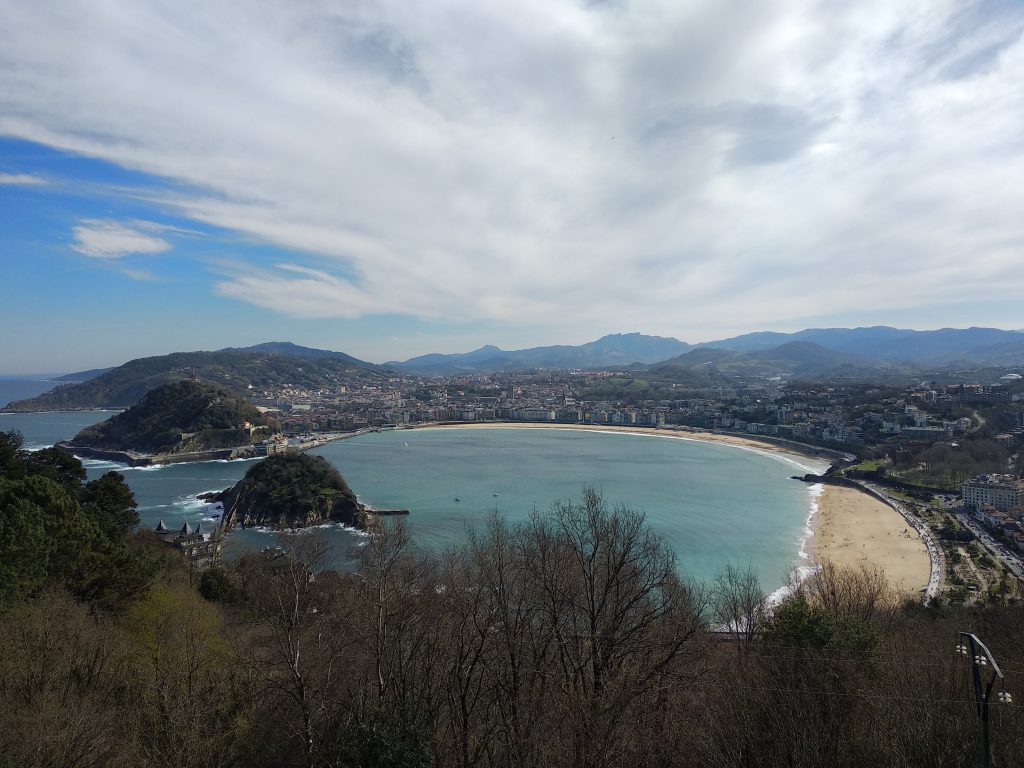
Onto a little bit more about the rollercoaster itself. It’s a scenic railway coaster which means it’s comparable to the likes of the one at Dreamland, Margate and the Rollercoaster at Great Yarmouth Pleasure Beach, although it’s slightly older. The main difference between Montaña Suiza and these other UK based rollercoasters is that it is mainly a concrete structure whereas most of the classic scenic railways were manufactured out of timber. Montaña Suiza was designed and built by a German engineer, known as Erich Heidrich and it opened at the amusement park in 1928 once it had been constructed. The ride was manufactured with wooden running rails which are in a trough, like the other scenic railways, however the trough is also partially set into the mountainous landscape. The running rails have since been changed from wood to steel. This rollercoaster lacks the traditional support structure of scenic railways due to the landscaping and is instead supported by the track running into depressions made into the ground and along the top of a coastal wall. Whilst Montaña Suiza is manufactured in majority out of concrete, the trains themselves are manufactured out of wood. Montaña Suiza has two trains which can navigate the circuit, which are comprised of two cars which can each seat up to 10 riders.
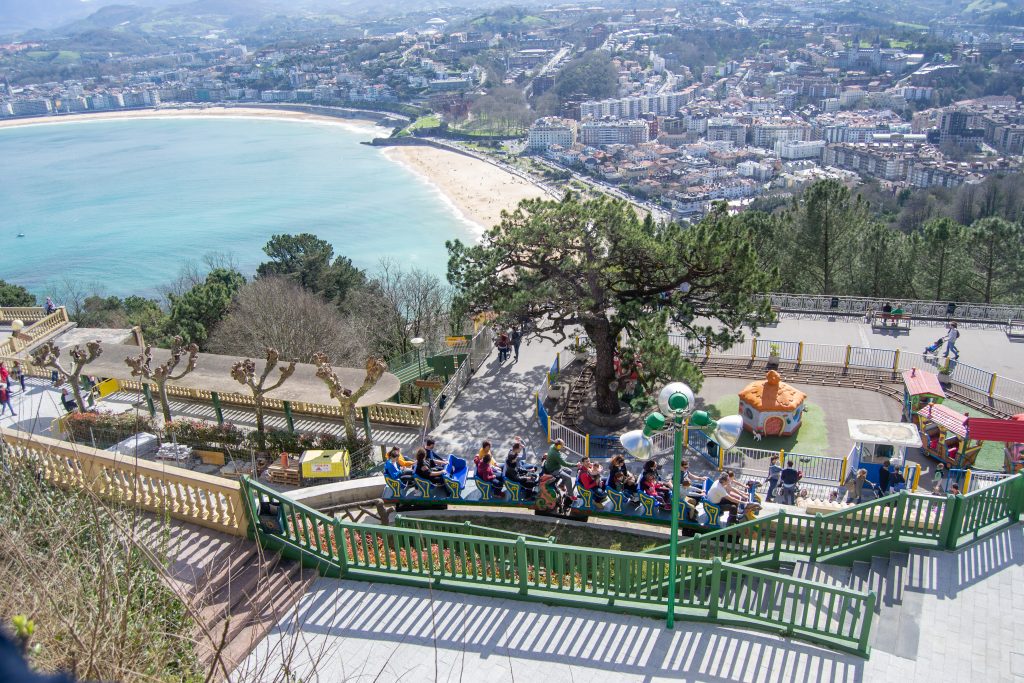
Like the other scenic railways still in existence, Montaña Suiza is particularly special as it is one of the very few remaining operating rollercoasters to have an on-board brakeman, who sits on the train and pulls a manual brake lever on the way round to control the train’s speed as it navigates the circuit. In terms of the track layout, you head out of the loading bay and turn a corner before speeding down a drop and then over a few hills. This is a particularly unique experience as the track itself is embedded into the terrain which makes the ride even more exhilarating as you are so close to the ground and you even dive under a bridge at one point. You then turn a bend around a lake which is another attraction in itself in the form of little bumper boats. When you turn this corner, you are riding on the top of a concrete coastal wall, as you can see in the photo below to the right. This provides you with the most stunning views over the mountainous landscape and over the beautiful bright blue ocean, with waves crashing against the shore. You then head up a cable lift to the maximum height of the scenic railway, which is around 623ft (190m) elevation above sea level. You then head down into a dive-drop, below the trees and down through a tunnel, with the brakeman controlling the speed. Here you reach the top speeds of around 31.1 mph (50.0km/h). You then turn a corner and you arrive back to the station. Montaña Suiza is not only one of the most historical rollercoasters in Europe and the entire world, however it’s located in one of the most picturesque and scenic settings in Europe. I love the way that the rollercoaster utilises the terrain for structural purposes rather than a whole independent structure being created. A visit to Monte Igueldo Amusement Park is definitely worth it to check out this historical attraction, but also for the stunning views across the coastline.
Linnanmäki
Vuoristorata
Moving our exploration across Europe away from the mainland and slightly further north up to the Scandinavian regions. Scandinavian countries are often known for their coastal scenery, winter wonders, architecture, historic buildings and a wide range of delicious food and freshly baked pastries for tourists to try. However, what is not so well known is how Scandinavia has such a detailed history in amusement parks which goes back many years and how it is home to some of Europe’s oldest rollercoasters. This is mainly due to designer and builder Valdemar Lebech, who was a native of Denmark and designed and constructed the four most iconic rollercoasters in Scandinavia.
First of all, we’re taking a look at Finnish amusement park Linnanmäki, located in the heart of Helsinki. This park opened in 1950 and is owned by a non-profit-organisation known as Lasten Päivän Säätiö, who operate the park in order to raise funds for Finnish child welfare work. The most significant attraction in this amusement park opened just one year after the park’s opening and is a wooden side friction rollercoaster known as Vuoristorata.
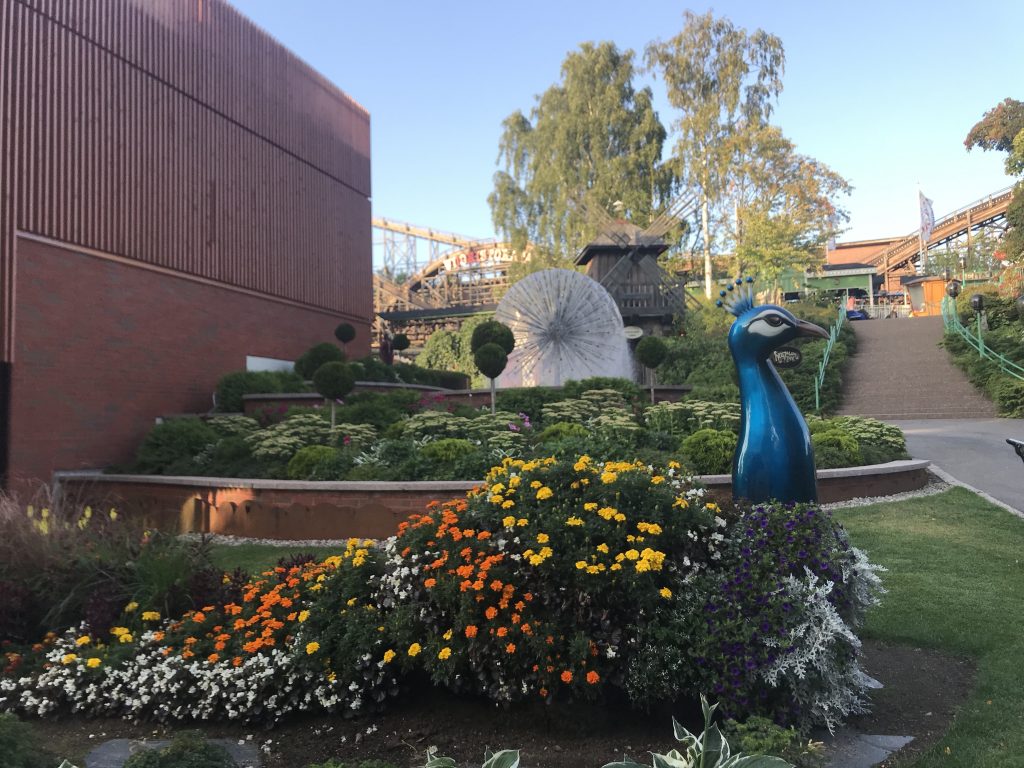
Vuoristorata first opened on the 13th July 1951 and has been entertaining Finnish residents and other tourists to the amusement park ever since. It has pretty much an identical layout to Rutschebanen at Bakken, however is a slightly longer and also taller version of this rollercoaster. It features a cable lift hill and can run 4 trains which means a capacity of up to 1500 riders per hour- a much higher capacity than a significant number of modern day rollercoasters.
The biggest stand-out feature of this rollercoaster however is the brakeman, who sits on board and controls the speed of the rollercoaster as you ride around the dips, drops, airtime hills and around the bends. Vuoristorata’s sister coaster, Rutschebanen at Bakken, which we will take a look at shortly, doesn’t feature a brakeman and is therefore a direct comparison between riding a rollercoaster with a brakeman and one with magnetic brakes. Safe to say Vuoristorata was the better out of the two rollercoasters. The brakeman makes the whole experience a lot smoother, much more exhilarating and the rollercoaster is filled with way more airtime compared to Rutschebanen. However it’s not only these factors for me, the whole experience of riding a rollercoaster with a brakeman is much more exciting and nostalgic than a wooden rollercoaster with magnetic brakes. In fact, Vuoristorata is one of only seven existing and operating rollercoasters in the world now to feature a brakeman.
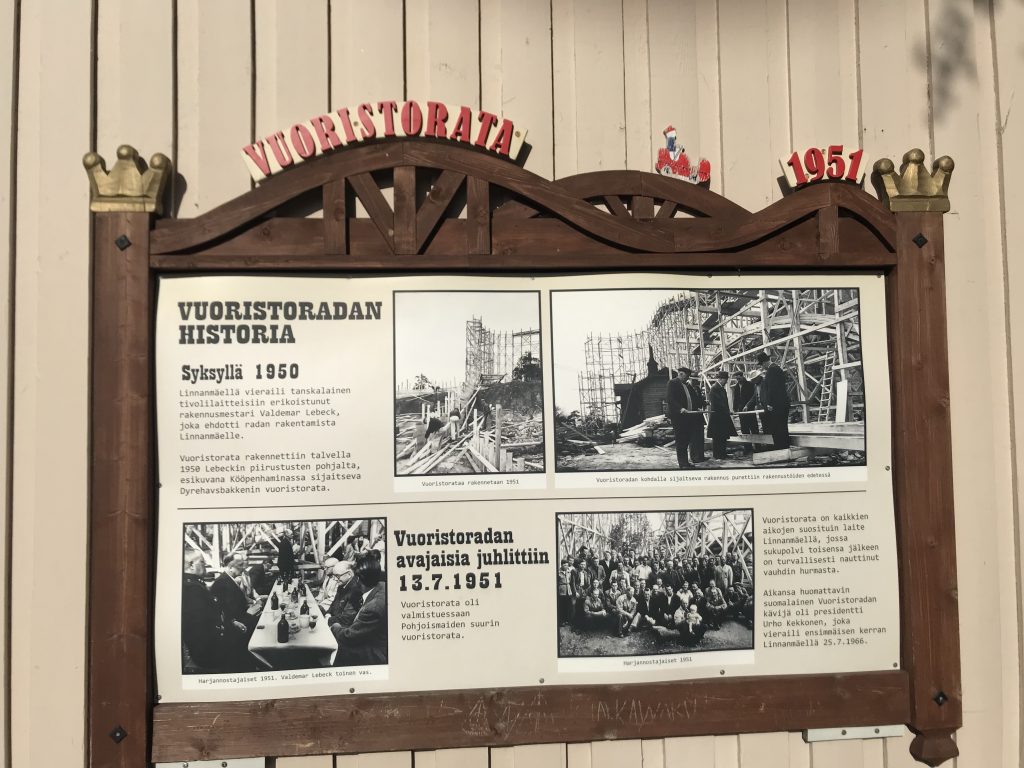
Dyrehavsbakken Amusement Park
Rutschebanen
After our Finnish feat, we’re staying in the Scandinavian regions but heading South-West towards Denmark. More specifically, we’re heading into the capital, Copenhagen, where just a train ride away is a nearby village known as Klampenborg. Klampenborg is known for its stunning architecture and beach, as well as the Jægersborg Deer Park, which is known for its large deer population, ancient oak trees and is home to amusement park Dyrehavsbakken. Dyrehavsbakken, or Bakken in short has a rich and detailed history. The origins of the theme park date back to 1583, making it the oldest operating amusement park in the world to this day. The location started off as a place where residents of Copenhagen came to get fresh spring water, as water quality in the city centre was very poor. Many believed these natural springs to have curative properties, which meant that it drew large crowds. This enticed entertainers and performers which led to the site having a growing reputation throughout Europe and attracted crowds from far and wide. These entertainment options improved over time, including the introduction of cabarets in 1866. The 20th century brought other popular venues such as the Circus Revue as well as automated moving rides. The most famous attraction in the park to this day is known as Rutschebanen (“Rollercoaster”), which has been operating since 1932 and you can see a photo below of one of the original trains at the entrance to the attraction.
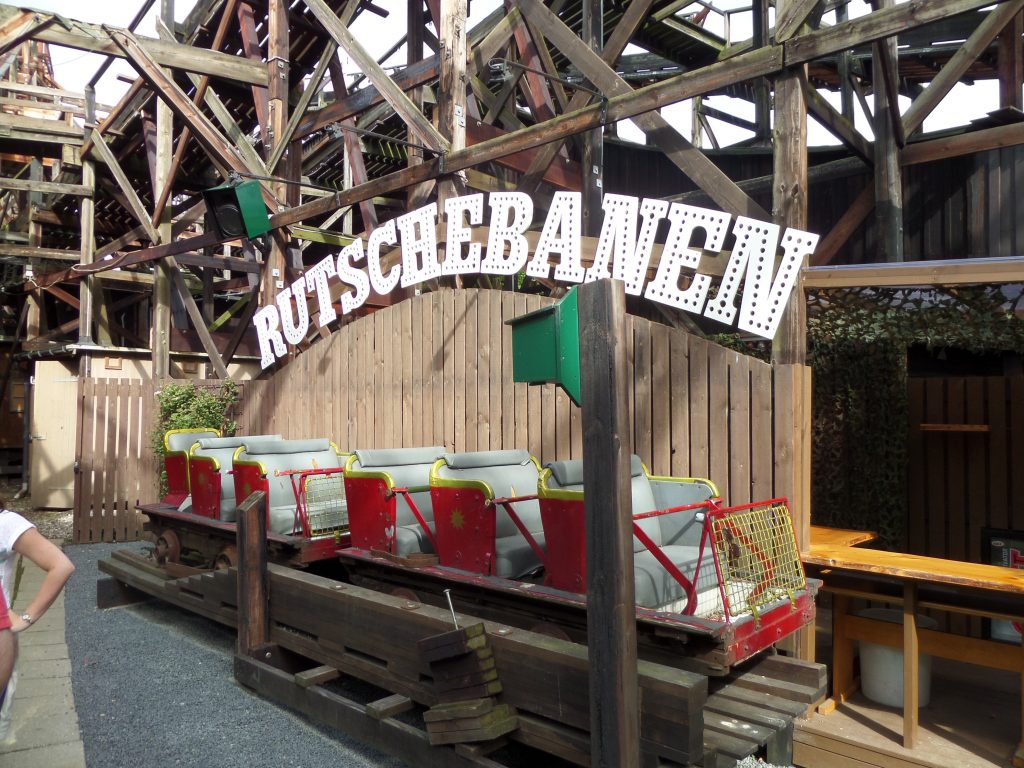
As you might a remember, just a few paragraphs back we looked at Vuoristorata, which is located in Linnanmäki in Helsinki. Vuoristorata was designed and constructed 19 years after the origins of Bakken, which very much makes Rutschebanen its older yet smaller sister. Rutschebanen has a pretty much identical layout to Vuoristorata however it’s a slightly smaller and shorter version of its younger sibling. Like Vuoristorata, Rutschebanen is a side friction rollercoaster which is manufactured out of timber. They both share the same designer, Valdemar Lebech, who innovated and imagined 4 classic Scandinavian rollercoaster designs during his time. The major difference you can spot between Rutschebanen and Vuoristorata is that Rutschebanen is fitted with magnetic brakes, whereas Vuoristorata has a brakeman who sits on board the train and uses a lever to control the navigation speed as you go around the track.
With regards to the magnetic braking system used on Rutschebanen, this was installed installed in 2010 when the originals trains for Rutschebanen were replaced with new trains from KumbaK, which do not require a brakeman to control the speed of the rollercoaster as the train navigates the track. From 1932-2010, Rutschebanen operated with a brakeman, who sat onboard the train and controlled the speed of the rollercoaster around the track using a lever- the same system as on Vuoristorata at Linnnanmäki. The replacement of the original trains to more modern, sleeker and more comfortable trains meant that a brakeman was no longer required and therefore Rutschebanen partially lost its “classic” status. I’m not sure of the specific reason why Bakken decided to end the original trains service and replace them with more modern trains. However I presume it may be down to maintenance issues and the goal of trying to preserve this classic rollercoaster and to keep it running for as long as possible.
Onto a couple more facts about the ride experience on Rutschebanen. Rutschebanen stands at 72.2 ft (22.0m) tall- which is pretty impressive for a historical rollercoaster. A cable lift hill takes you up at 5.5 m/s to the top of the first drop where you have stunning views across the rest of the amusements and the surrounding deer park and forest. You then turn round a bend before racing down the first drop at speeds of up to 34.2 mph (55.0 km/h). You then reach another turnaround where you will see a mural of the park’s logo and the park’s mascot; Pjerrot. You then fly down a double-down and over an airtime hill before taking another corner. You then complete another series of double-downs and airtime hills before turning the corner and dropping into a tunnel where you complete the rest of the rollercoaster in darkness. The tunnel section is definitely the most thrilling and exhilarating portion of the ride as you are in pitch black! The overall design of the rollercoaster is a figure of 8 which means it doesn’t take up too much space and consists of drops, airtime hills and turnarounds- which makes for a fun experience for the whole family to enjoy!
We know Dyrehavsbakken are extremely proud of Rutschebanen and also the rest of the heritage and the history associated with their amusement park. I believe it is their intentions to keep this European classic running for as long as is physically possible. The engineering and maintenance team who work on and service Rutschebanen are truly passionate about their jobs and keeping such an old and prestigious rollercoaster running. The experience on Rutschebanen may be slightly less exhilarating than on its sister at Linnanmäki due to the magnetic braking, however the rollercoaster is still great fun for the whole family to enjoy and truly a nostalgic and classic rollercoaster. I believe that Bakken amusement park has such history and heritage that everyone ought to visit, and Rutschebanen really deserves a ride while this classic beauty remains standing in Jægersborg Deer Park in Klampenborg. I also hope you enjoy these shots I have taken of Rutschebanen– they are some unique perspectives which are hard to come across or for one to take themselves. We were lucky enough to have a rollercoaster walk up to the top of the second drop of this classic rollercoaster, meaning we got to take many awesome shots and discover lots of interesting facts about the history of this vintage rollercoaster!
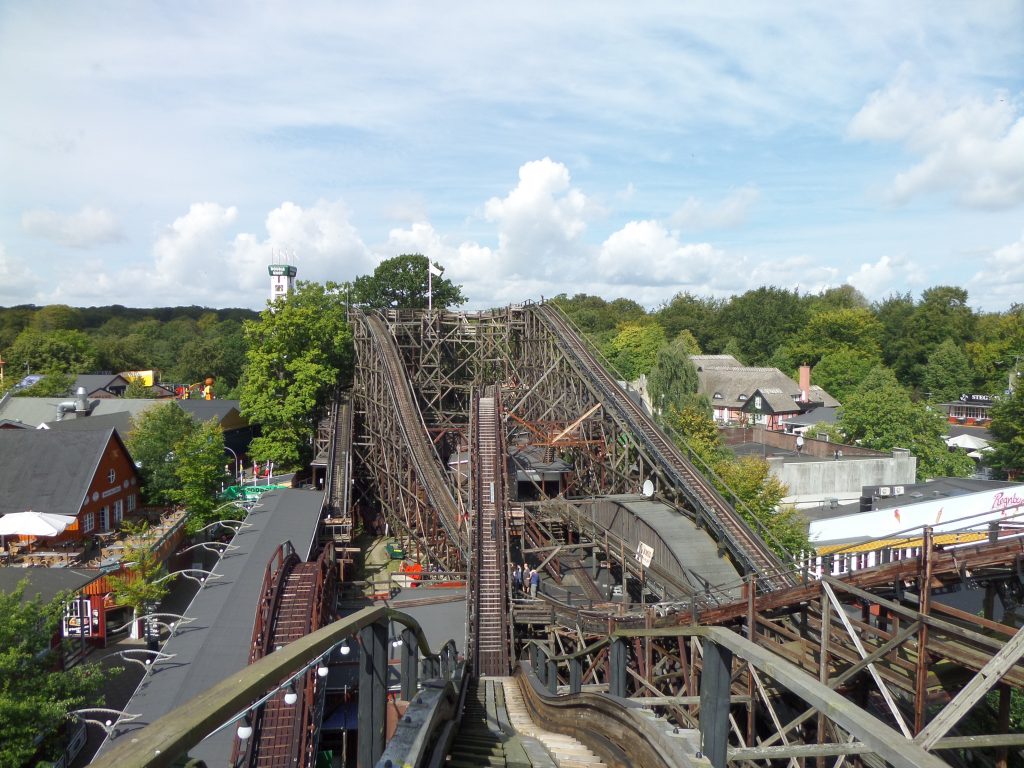
Tivoli Gardens
Rutschebanen
Drum roll please…
As you might have guessed, we have saved the oldest operating rollercoaster in Europe until last. This is Rutschebanen (“Rollercoaster”), located at Tivoli Gardens in the heart of Copenhagen, Denmark. This rollercoaster has an identical name to the rollercoaster at Bakken and with it only being located 7 miles away from the attraction at Dyrehavsbakken, it’s important not to get confused between the two. However, there are lots of distinct and noticeable differences between the two rollercoasters, which you will discover as we continue to explore this iconic and historical rollercoaster.
Rutschebanen at Tivoli Gardens is themed to a mountain expedition and adventure, which you will be able to distinguish in the upcoming photos. This means although it is known as Rutschebanen, it is also addressed by some people as Bjergbanen, which means “The Mountain Coaster”. Tivoli Gardens itself opened on 15th August 1843 and is therefore the third oldest operating amusement park in the world, after Dyrehavsbakken and Wiener Prater. From its beginnings the park included a variety of attractions, but the oldest attraction still operating in the park today is Rutschebanen. Rutschebanen is a wooden side friction rollercoaster which was designed by Valdemar Lebech and construction was helped by the L.A. Thompson Scenic Railway Company. Rutschebanen first opened in 1914, making it the oldest operating rollercoaster in Europe to this day and the third oldest operating rollercoaster in the world.
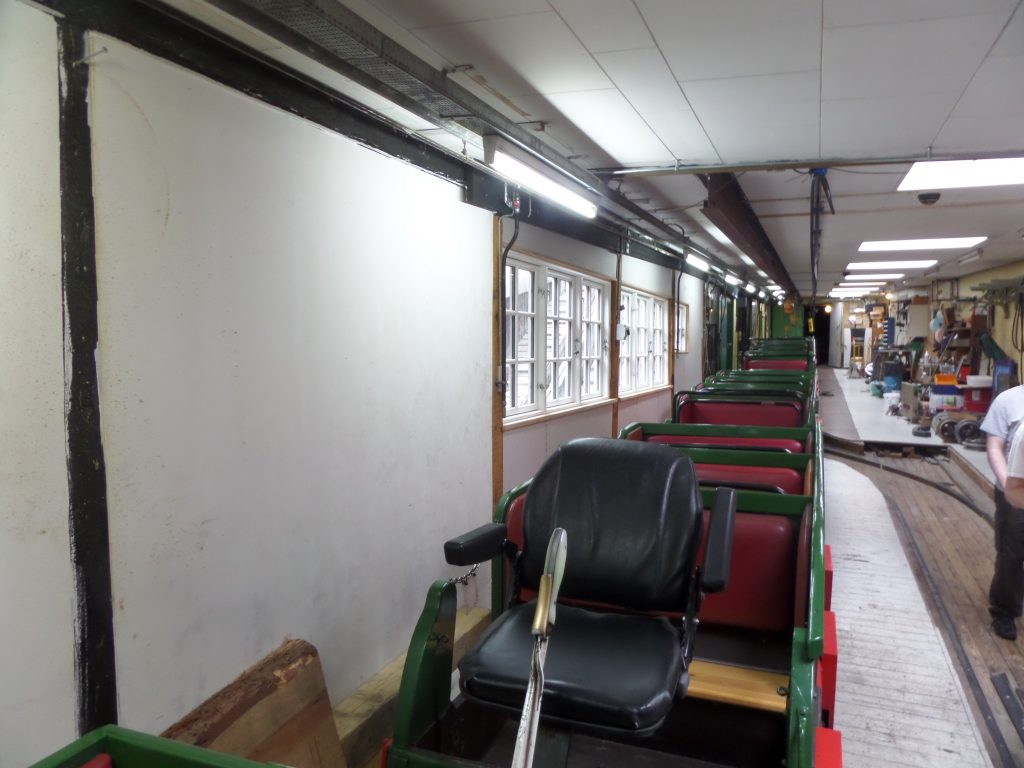
In the photos both above and below you should be able to see photos of the classic red and green trains which cruise around the drops and turns of the timber track of Rutschebanen. I love the colour scheme of the trains as they give a winter/Christmas vibe which fits in well with the alpine and mountain adventure theme and styling. A big feature you should notice on Rutschebanen’s trains is a black leather chair which is separate to the individual red leather cushions which make up the rows for the riders to sit in. This black leather chair is where the brakeman sits. We’ve heard a lot about brakemen already in this article, whether it be on the Rollercoaster at Yarmouth, Scenic Railway at Dreamland or Vuoristorata at Linnanmäki. The addition of a brakeman on board a rollercoaster train is a very old tradition before modern technology such as magnetic braking was introduced. There’s only a handful of rollercoasters left to this day which still have a brakeman riding around the tracks to ensure that the rollercoaster car runs at a safe and smooth speed around the track. Rutschebanen is one of the oldest and should therefore be valued for being such a classic and special attraction.
Something else you may notice about the trains is each pair of seats is fitted with just one single black metal lap bar. For those even more eager eyed, you will notice that the brakeman doesn’t have any seatbelt whatsoever, and rides around the track without a lap bar. Interestingly, in the old days when rollercoasters were just starting to be designed and constructed as a novelty, they were often controlled by brakemen, made out of timber and there wouldn’t be any lap bars or restraint systems. Rutschebanen at Tivoli Gardens used to run without lap bars and therefore riders would navigate the dips and airtime hills without being strapped in. It’s only modern health & safety standards which required the introduction of lap bars onto this classic and valued attraction.
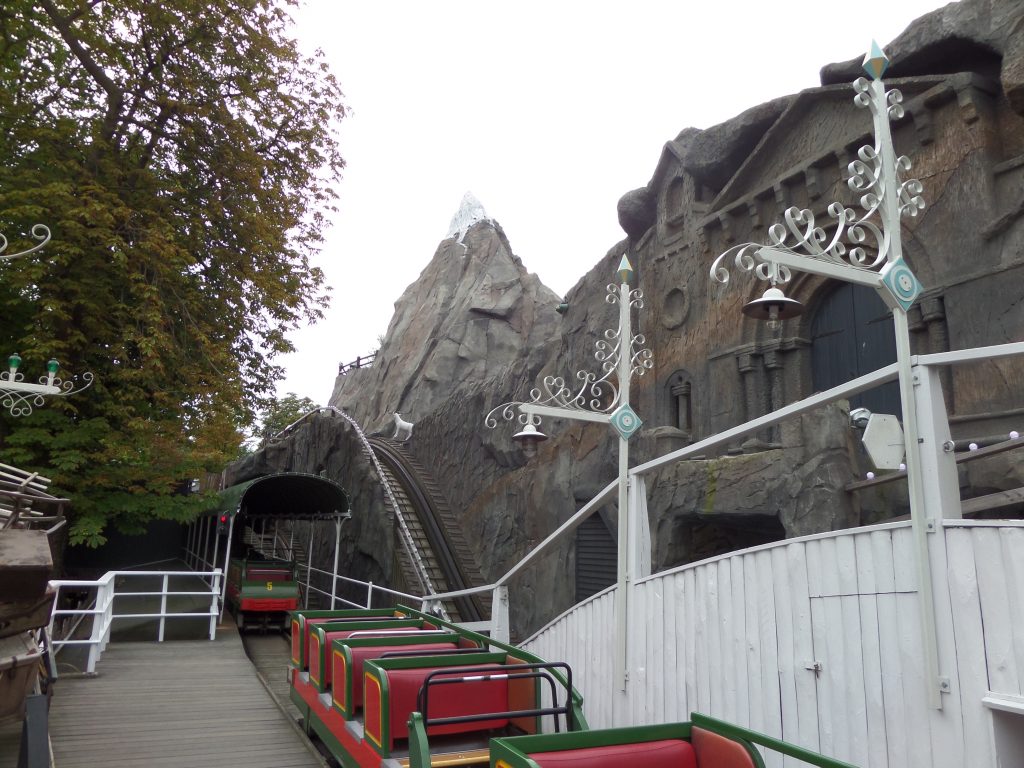
Rutschebanen runs multiple trains at a time, each controlled by a brakeman and the traffic light system around the track will notify the brakeman to stop the train if there is an obstruction or issue up ahead on the track. This multiple train operation on peak days leads to a whopping throughout of 3200 riders per hour. To be honest, I’m not sure I know many rollercoasters which can achieve that throughput and the fact that Rutschebanen is now 107 years old and can achieve one of the highest throughputs out of any rollercoaster is pretty astounding to me.
A mountain expedition on Rutschebanen is actually pretty thrilling and exhilarating. It’s definitely an attraction for the whole family to enjoy, but what I would call a “family-thrill” rollercoaster. With it being a classic scenic railway manufactured out of timber, the rollercoaster relies on side friction to pick up speed down the drops and over the airtime hills, but relies on the brakeman to pull the lever to act as a friction brake to slow the rollercoaster train down around the bends. This makes every ride on Rutschebanen unique and different, which makes it even more exciting. Another interesting fact too is that to up the thrill levels even more, one of the main drops down into a mountain tunnel (you can see it in the right hand photo below) was actually made larger and steeper to increase the thrill-factor for riders. This now means that Rutschebanen reaches higher top speeds than it used to and now achieves a top speed of 37.3 mph (60.0km/h).
On the whole, Rutschebanen is a classic and nostalgic attraction ,which whilst pretty thrilling and hair-raising at points, is a classic rollercoaster for the whole family to enjoy with a lot of history and heritage. I hope Tivoli Gardens can keep this attraction running for a long time to come as it’s an attraction which deserves to be appreciated by a lot of people for pathing the way for modern rollercoaster technology, design and inspiration. In total the rollercoaster reaches an elevation of 42.3 ft (12.9m) above sea level and the rollercoaster is packed full of drops, dips and dives into tunnels and turns which take you past theming and scenic elements such as mountain cows and other alpine theming features. The main highlights of this rollercoaster are not only the nostalgic factor and the fact that every ride is different due to the brakeman- however is in my opinion the sheer amounts of airtime this rollercoaster has to offer. The amount of airtime over the hills is truly insane for such a vintage attraction and when you ride this rollercoaster you will be astonished at how steep the drops really are!
After exploring Tivoli Gardens and checking out Rutschebanen, that’s our tour of the oldest rollercoasters in Europe complete. We’ve explored some of the most historic attractions in the entire world, including the oldest operating steel rollercoaster in the world and the oldest operating rollercoaster in Europe. There’s so many amusement parks out there in Europe which contain such heritage and an abundance of historical attractions. I can only recommend you get out to these historical parks and discover the charm they have to offer.
Have you tried out any of the oldest rollercoasters in Europe, or are you hoping to go and try some of them out in the future? Let us know via our social media platforms or in the comments below.



